We love fly fishing the Missouri River. Sure, we’re probably biased. Based in Helena, it’s no great challenge to head over to Canyon Ferry or the Wolf Creek Bridge after work for a pleasant evening on the water. The scenery is beautiful—whether you’ve got a view of the Gallatins from Headwaters State Park, a lake-side sunset out on Canyon Ferry, or the towering, rough-hewn cliffs of the Missouri River Canyon looming overhead. And the fly fishing? Let’s just say there’s a reason towns like Wolf Creek and Craig become bustling hives of activity when the weather starts warming.
The first 50 or so miles of the Missouri River represent one of Montana’s premier blue-ribbon tailwater fisheries. Not surprisingly, those miles are chock full of rainbows, brown trout, and mountain whitefish (which happen to be the only species in the Missouri River “grand slam” that is native to Montana waters). We’ve fished the Missouri during the peak of tourist season and on balmy, 40-degree December days; there’s action to be had no matter what time of year you’re visiting—assuming you know how to fish it. And that brings us to this series of articles, where guest writer Kevin Lyons will break down the right flies to use on the Missouri month-by-month.
A former Airforce and commercial pilot, Kevin grew up fly fishing in the Great Smokey Mountains. He began documenting the bugs he saw while he was out fishing before he even knew their names, a habit that turned into a life-long passion. In 2013, he and his wife moved to Montana and Kevin proceeded to teach fly fishing, entomology, and fly tying at Great Falls College for the next decade. Now retired, he and his wife enjoy a view of the Missouri right outside their backdoor.
In today’s blog, Kevin shares the best flies to pack if you’ll be fishing the Missouri in June:
Notes from a Fly Fishing Entomologist: June on the Missouri
By: Kevin Lyons
Grannoms are still going…
Grannoms continue to be important for the first few weeks of June.
These begin to appear around the third week in May and are often also called the Mother’s Day Caddis. They have an olive body and tan speckled wings. An Olive Translucent Pupa #14-16, Olive G6 Caddis #14-16, Olive Sparkle Pupa #14-16 or any Olive Soft Hackle #14-16 would be good nymph choices. Don’t be afraid to give them some action, as caddis pupa are very strong swimmers. An Olive Bloom’s Caddis #14-16 or Olive Caddis Emerger #14-16 are the dry flies I use.
After the Grannoms have been hatching for a week or two, an Olive Spent Caddis #14-16 works well. These imitate the caddis which have laid their last batch of eggs and died. Generally, these caddis hatch in the late morning until early afternoon and return in the late afternoon to mate and lay their eggs. When you see clouds of them over the water and some descending to touch the surface and “bouncing” back into the air, that’s what’s going on. Over the last few years, I’ve also observed these caddis landing on objects in the river and crawling under the surface to lay their eggs. This could include rocks, sticks, grass or the legs of my waders! Instead of crawling back out, they release their grip and drift with the current, eventually swimming to the surface and returning to the bank side vegetation. Perfect opportunity for an olive soft hackle.
In general, a good strategy is to fish the pupa and emergers during the hatch and switch to the adult and spent patterns when the egg laying behavior begins. This same approach works going into June with one major change: as the air temperature warms, the hatch will be earlier in the day and the mating behavior gets later.
Fishing the Spotted Sedge (or Tan Caddis) Hatch
Somewhere at the very beginning of June Spotted Sedge (also known as the Tan Caddis or Hydropsyche occidentalis) start to emerge. As the month progresses, they become the dominate caddis available to the fish.
They’re a size #16 with tan/grey speckled wings and tan bodies. Interestingly, during emergence their bodies are an amber/orange color that the trout absolutely look for. As they begin to dry, they assume the tan color that they’ll maintain for their adult lives. An orange Bloom’s Caddis, orange X Caddis or Partridge and Orange Soft Hackle in size #16 work great for this hatch.
Imitating the White Miller Caddis
Around the last week of June, the White Miller Caddis makes an appearance. They are a size #18, with cream-colored wings and a very light, lime-green body. Over the last few years, I have seen a decreasing number of these caddis. Has to do with the changing character of the river, I suppose. They still sporadically show up on the river the last week of June and into July. Any light-colored adult or spent caddis (Blooms or Elk Hair) in #18 works for the dry fly. I haven’t identified the pupa yet, but I suspect they are size #18 and olive. A Tungsten Bead Olive Soft Hackle in #16-18 and an Olive Sparkle Pupa #18 have worked well.
Mayflies in June
Around the beginning of June, Pale Morning Duns (PMDs) become the dominant mayfly species. These are light yellow to orange in color and a size #16 or #18. The Missouri trout key into the nymphs, emergers, cripples and spinners. Interestingly, they don’t pay much attention to the adult patterns.
The hatch generally begins around 10:00am and continues until 1:00pm. The spinner fall occurs shortly after, or even during, the hatch. As the air temperature increases later in the month, the hatch moves to later in the evening and the spinner fall gets earlier in the morning.
During the first 2 weeks of June you can find PMDs emerging, the spinners falling, caddis emerging, and caddis laying eggs all at the same time. Trout within an area may become selective to any of these stages, and it provides for some interesting and rewarding fishing. I use a Split-Case PMD #16-18 exclusively to imitate the nymph. Any PMD cripple or emerger pattern in #16-18 works for the dry fly (Quigley’s Cripple, Snow Shoe Emerger, Last Chance Cripple, etc.). The classic Rusty Spinner #16-18 is all I use to fish the spinner fall. During the initial stages of the fall, the trout will eat the spinners all over the river. Later in the day, the trout will move into the eddies, cruise just under the surface and feed on the spinners that have collected there.
When all else fails (and a short disclaimer):
This is not meant to be a list of the only ways or flies that catch fish on the Mo. It’s solely what has worked for me in the past. Obviously, the dates are approximate. Bug behavior is mostly driven by water temperature, which can vary a good bit.
There may be several minor hatches that I didn’t mention. Generally, I don’t consider them significant enough to bother with. I also won’t mention streamers. I don’t use them much and so I don’t feel qualified to have an opinion.
If all else fails, try a #14 Purple Haze dry fly from March through November. My wife does this, and it works more often than not. For nymphing, a #20 Zebra Midge is another good bet in almost any condition or time of the year.
Questions? Your own list of favorite flies to carry with you on the Mighty Mo come June? Feel free to share in the comments below!


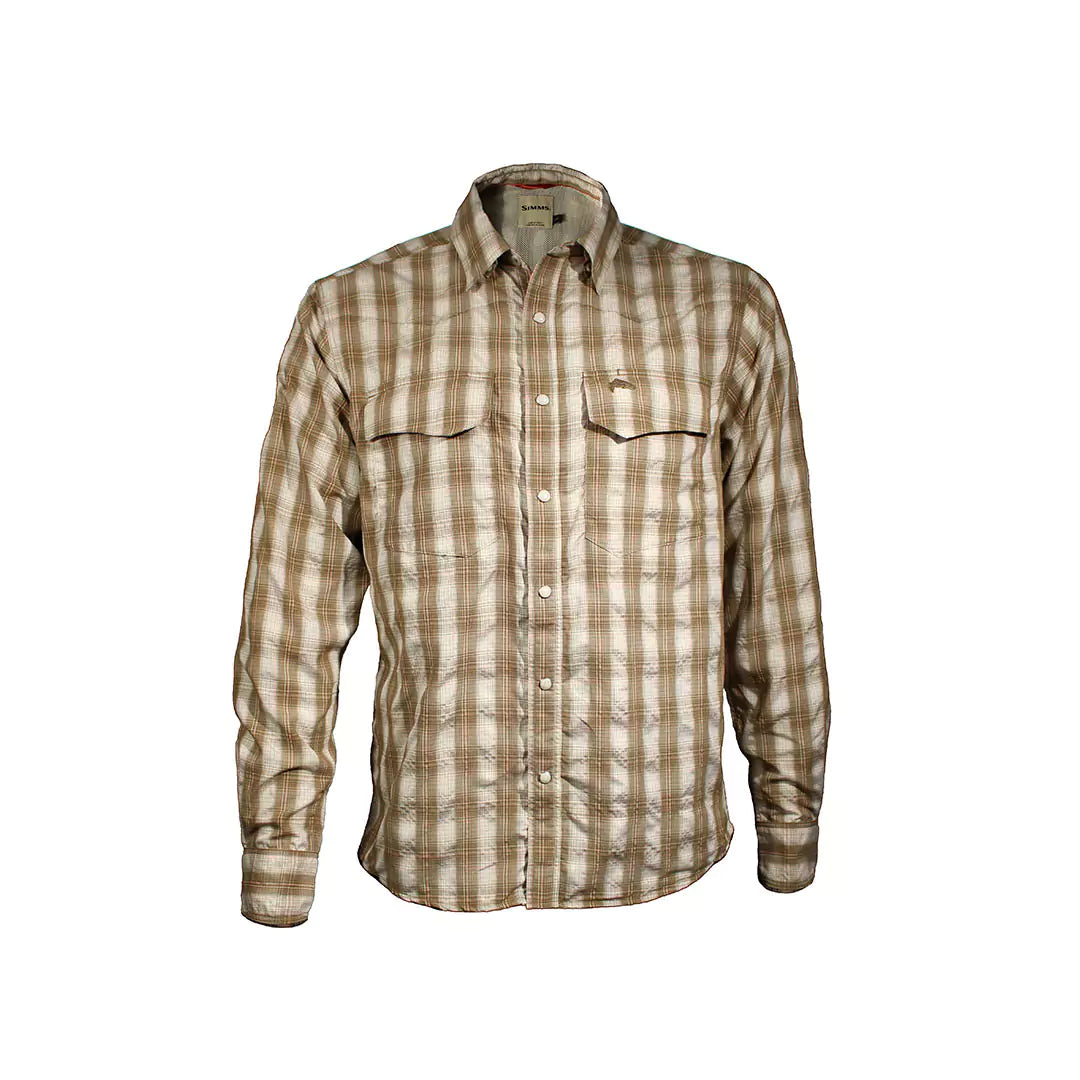
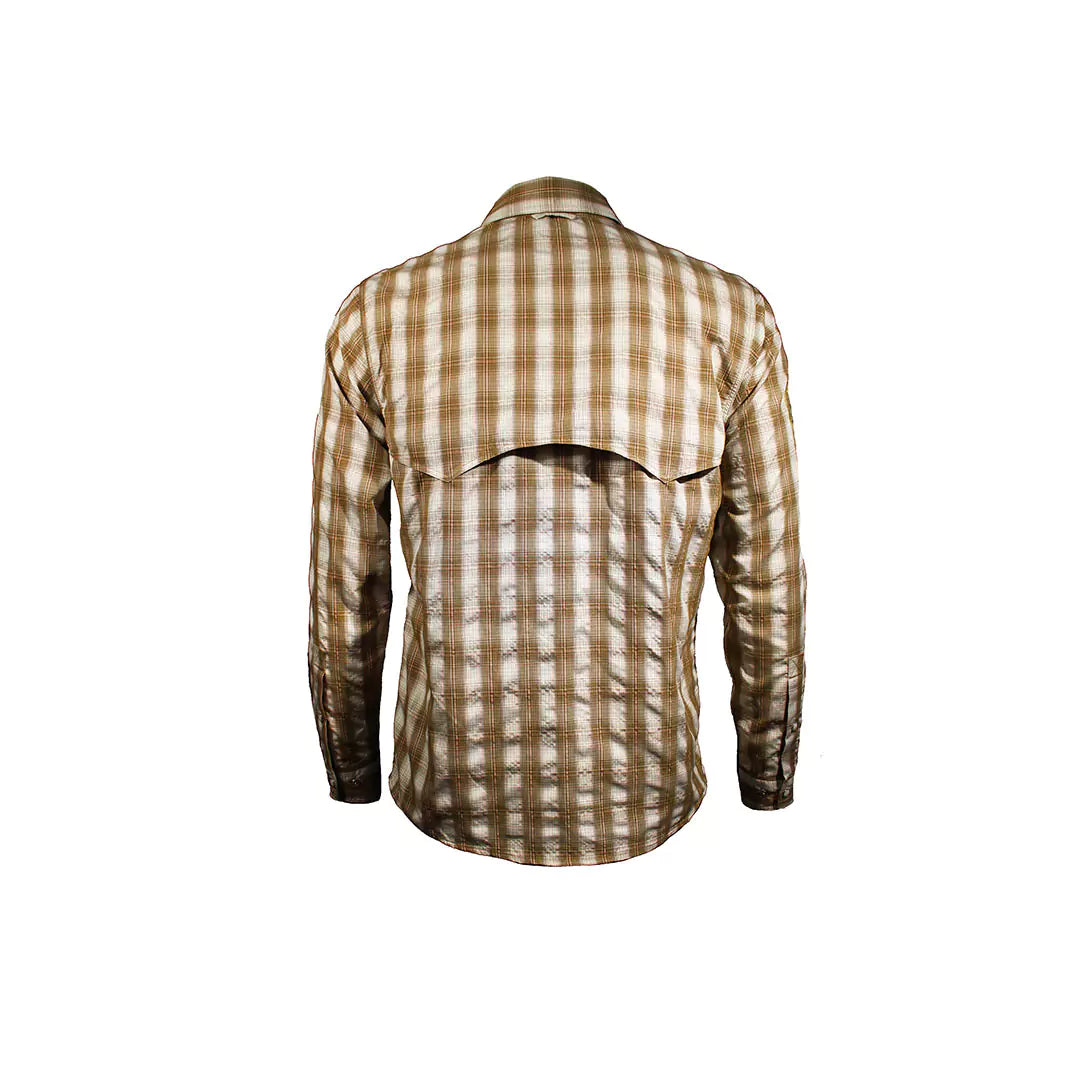
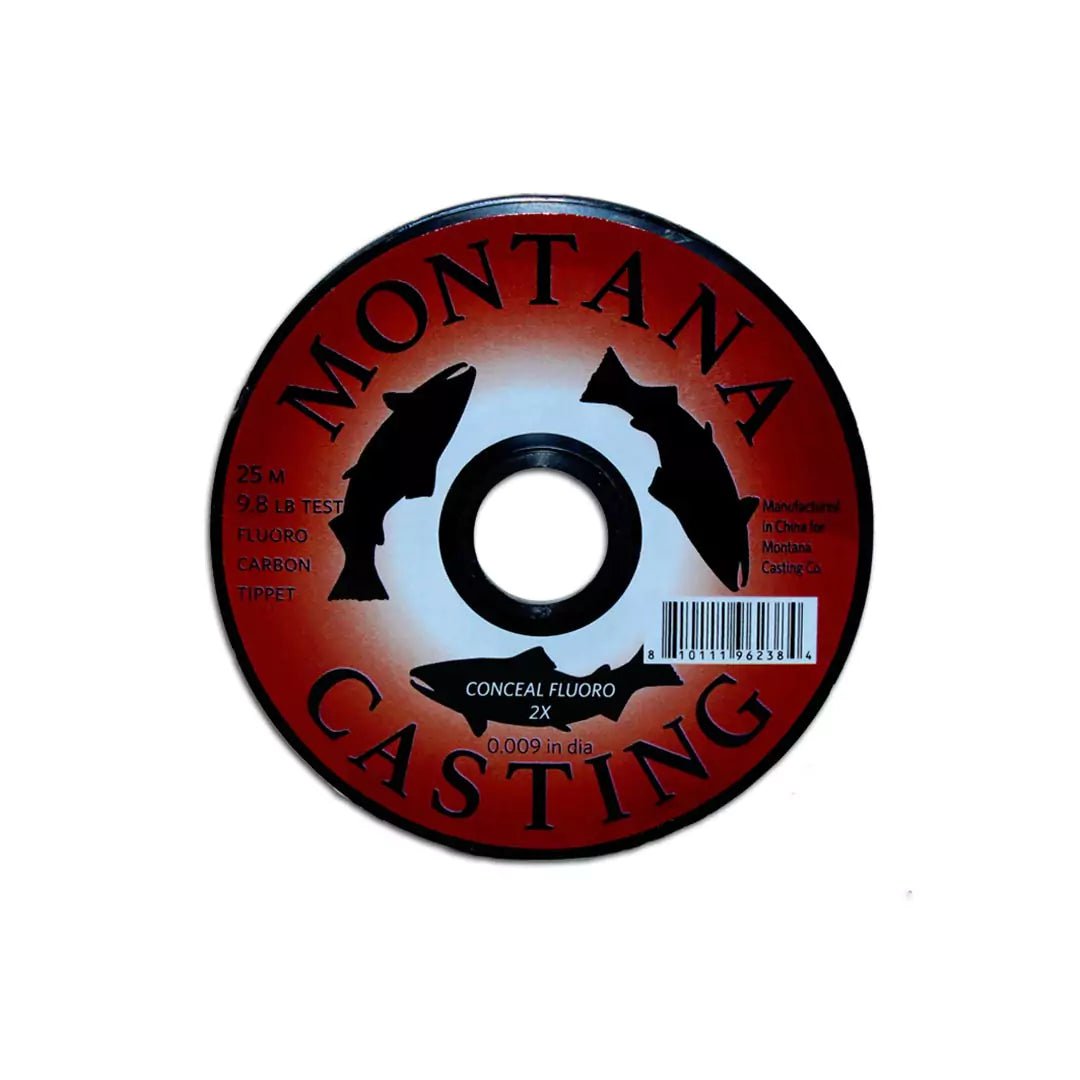
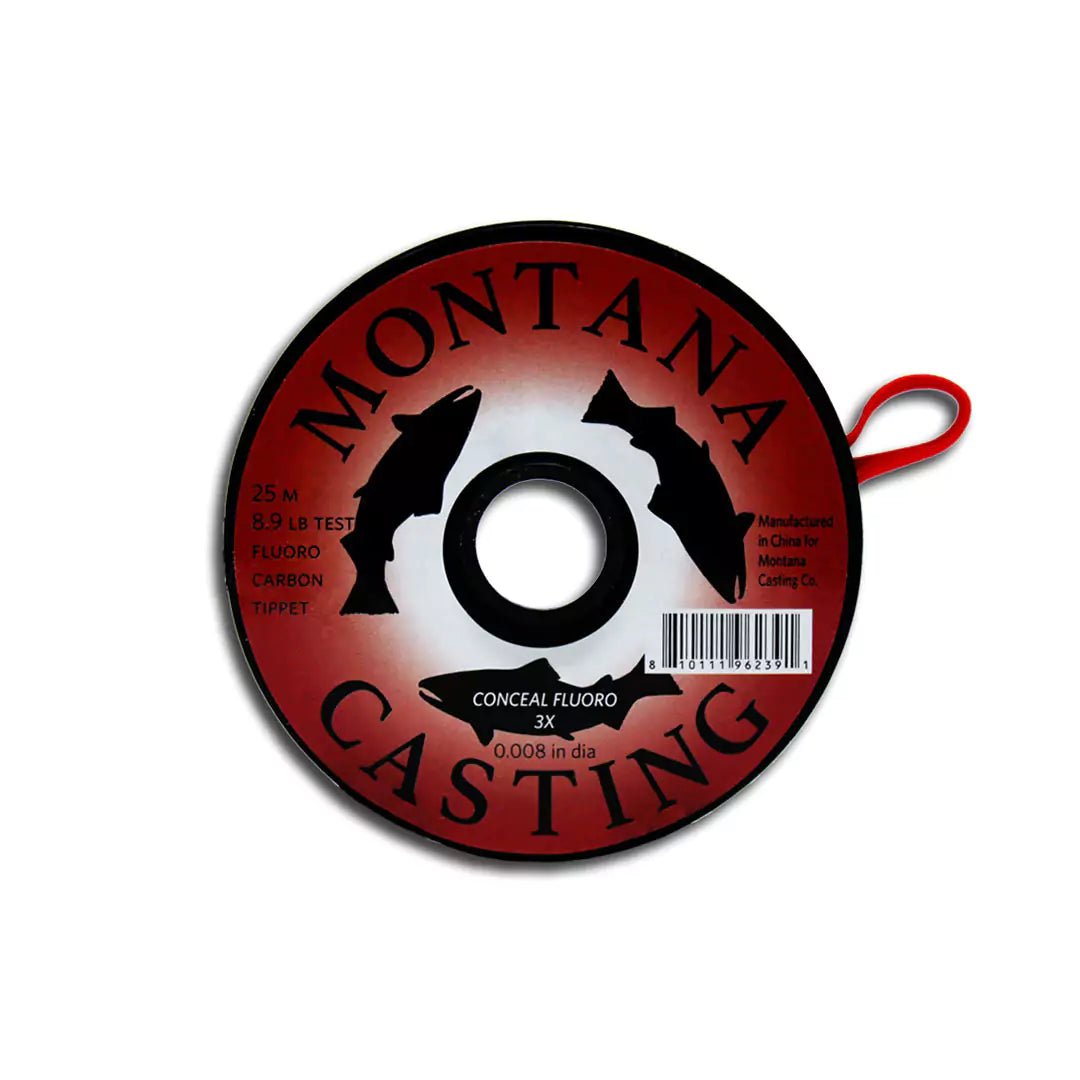
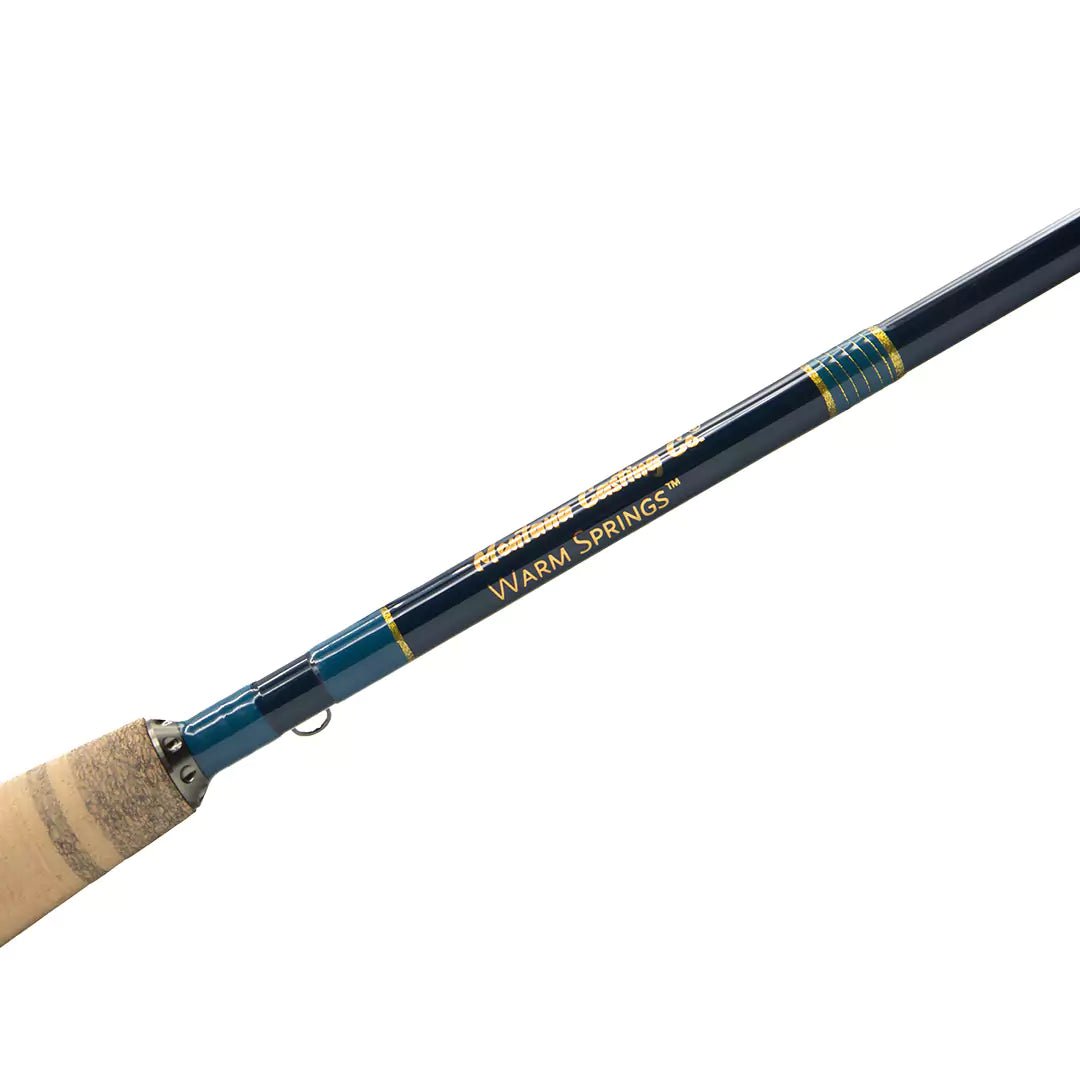
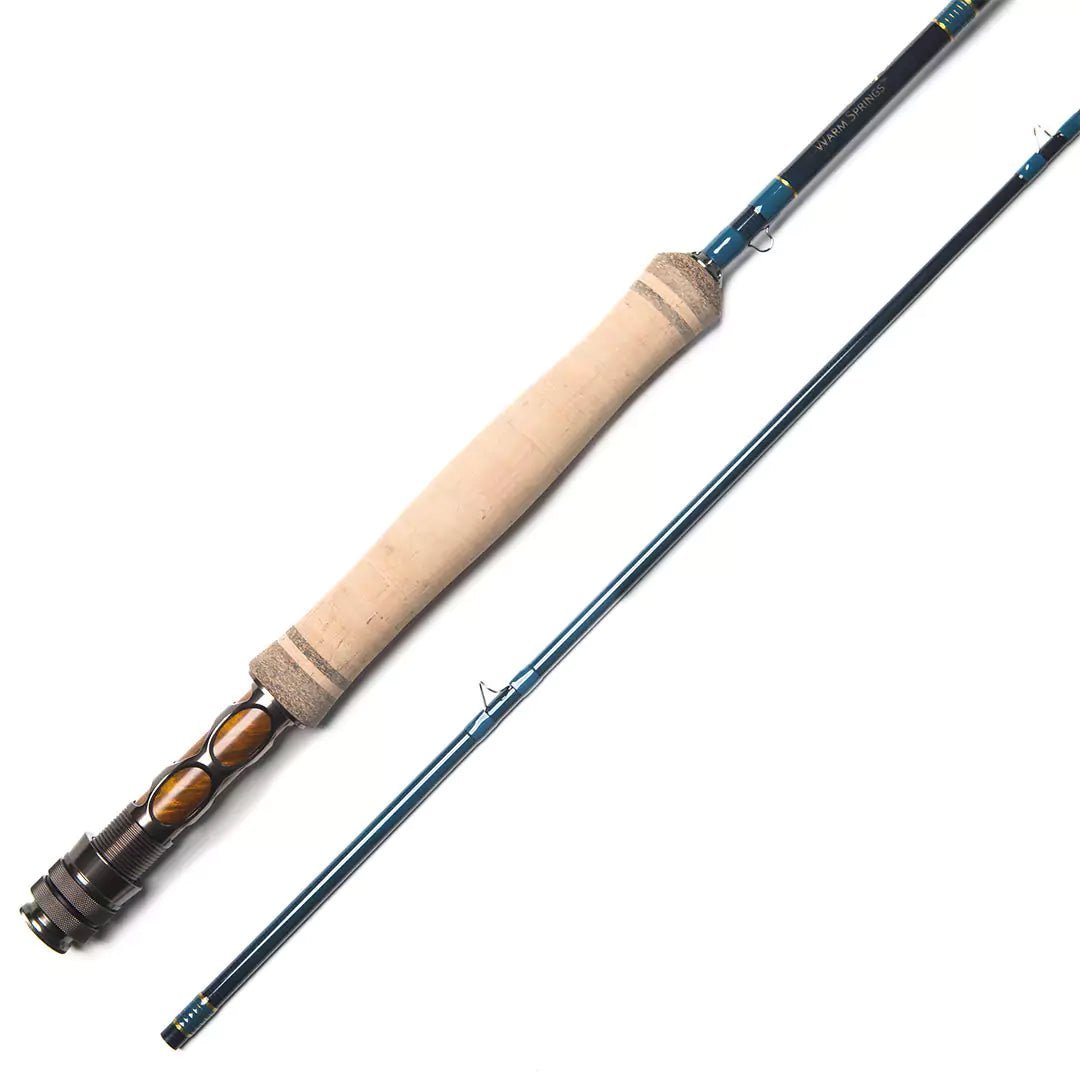

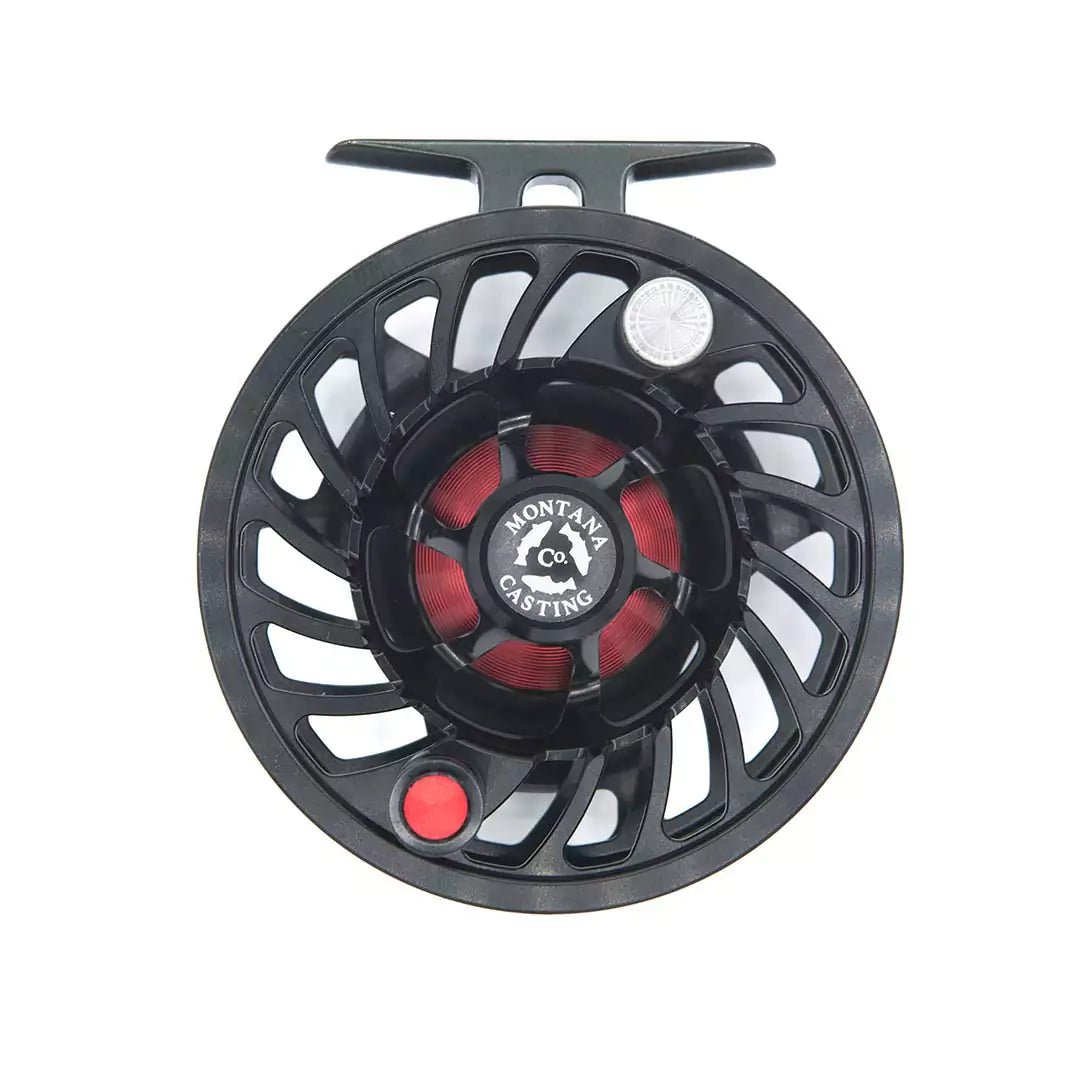
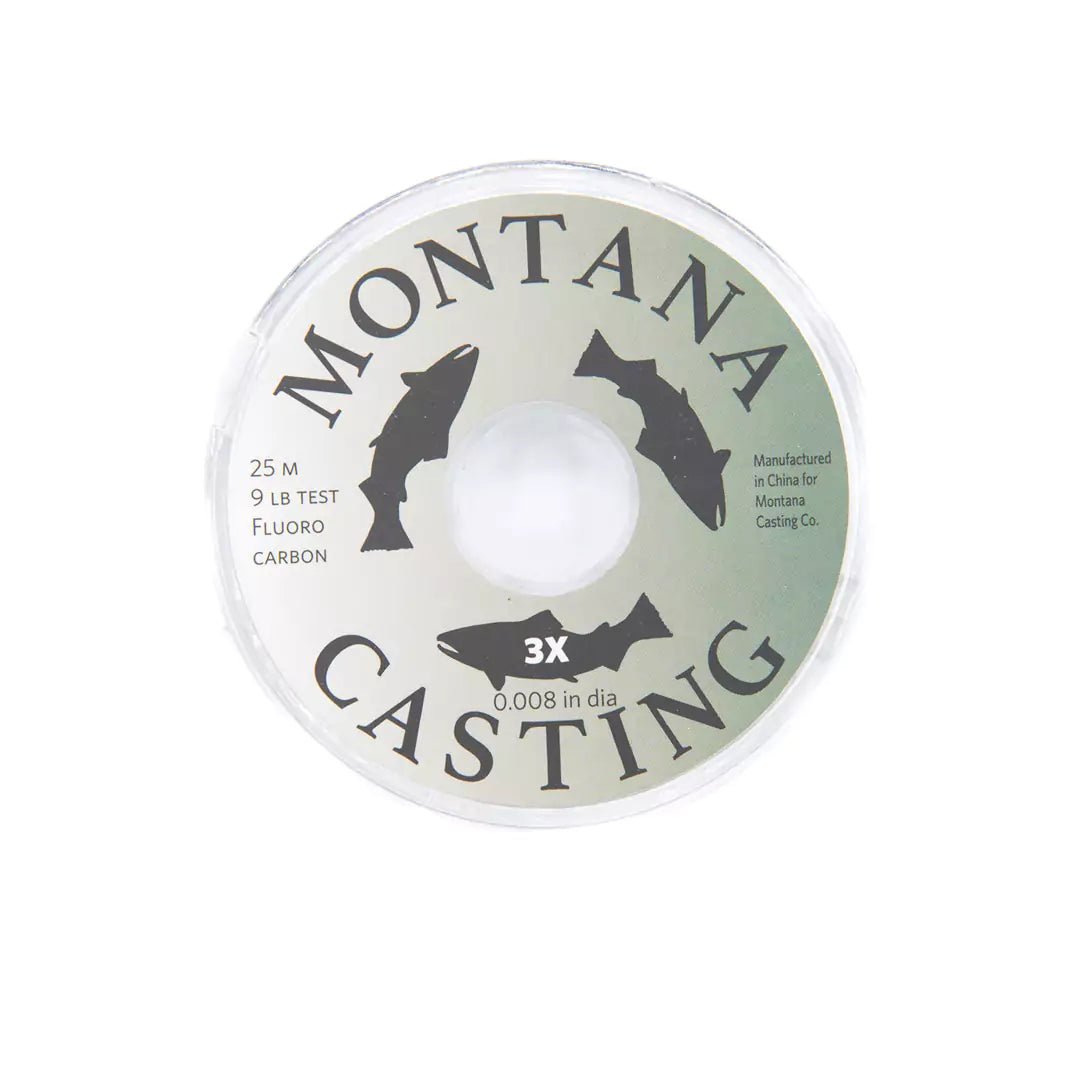
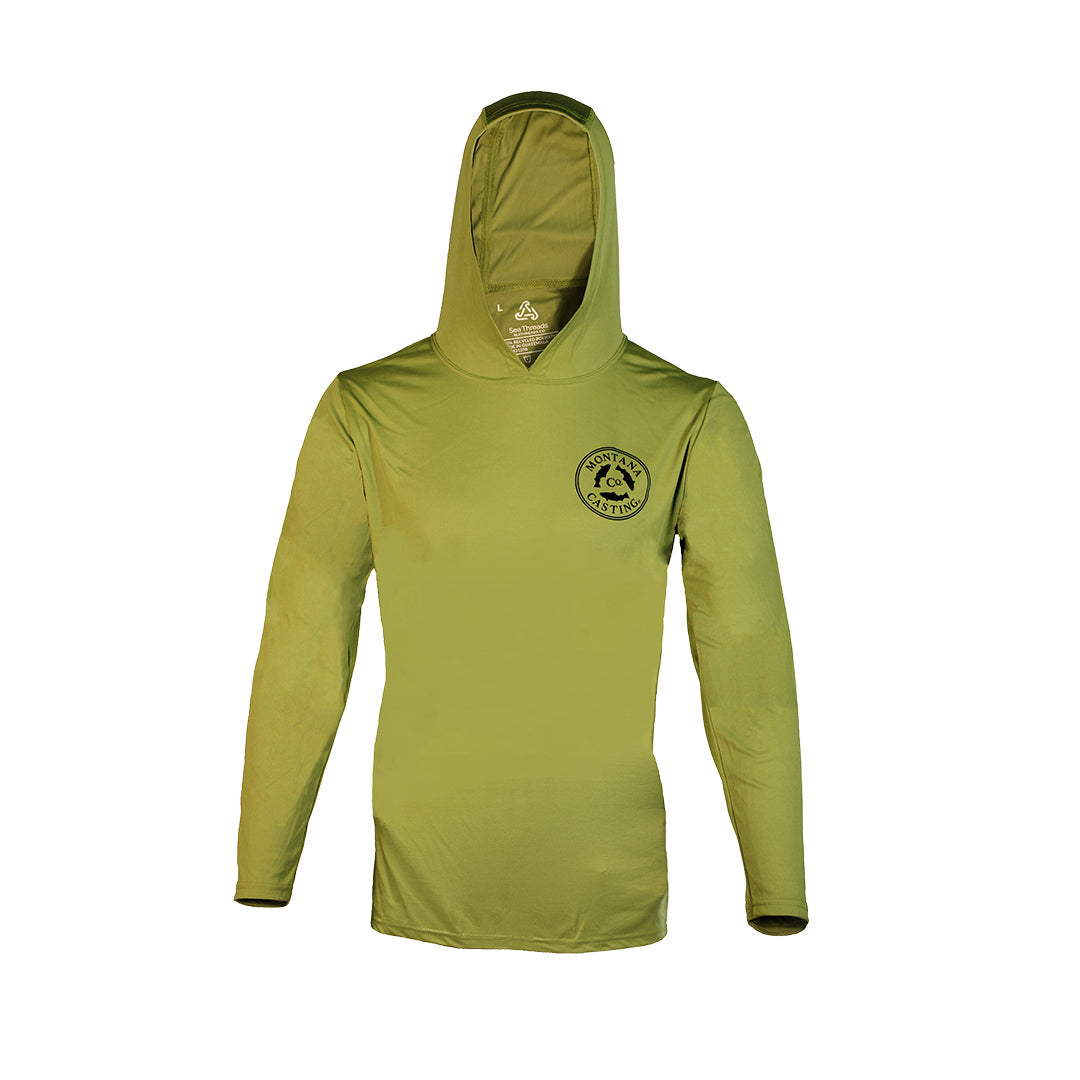
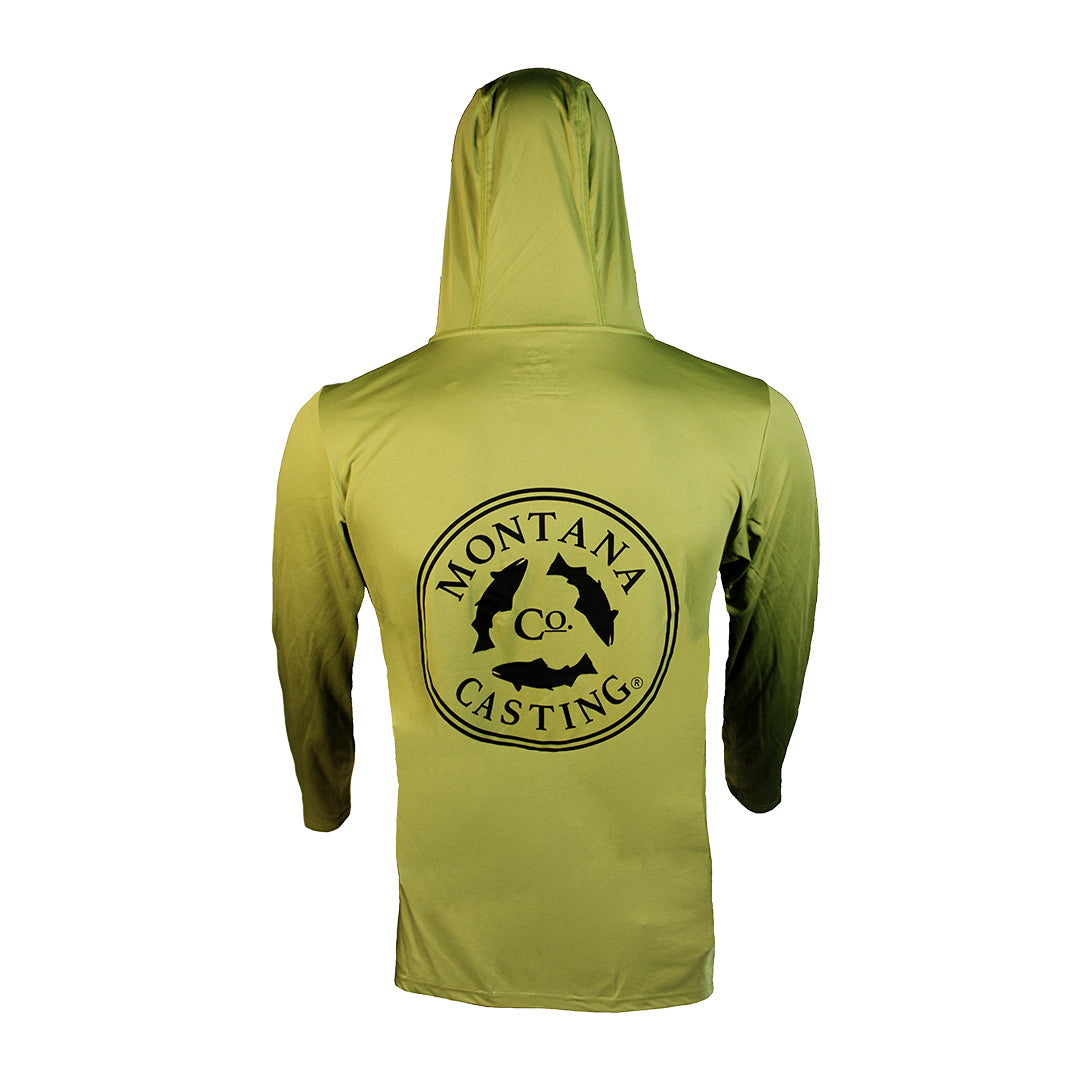
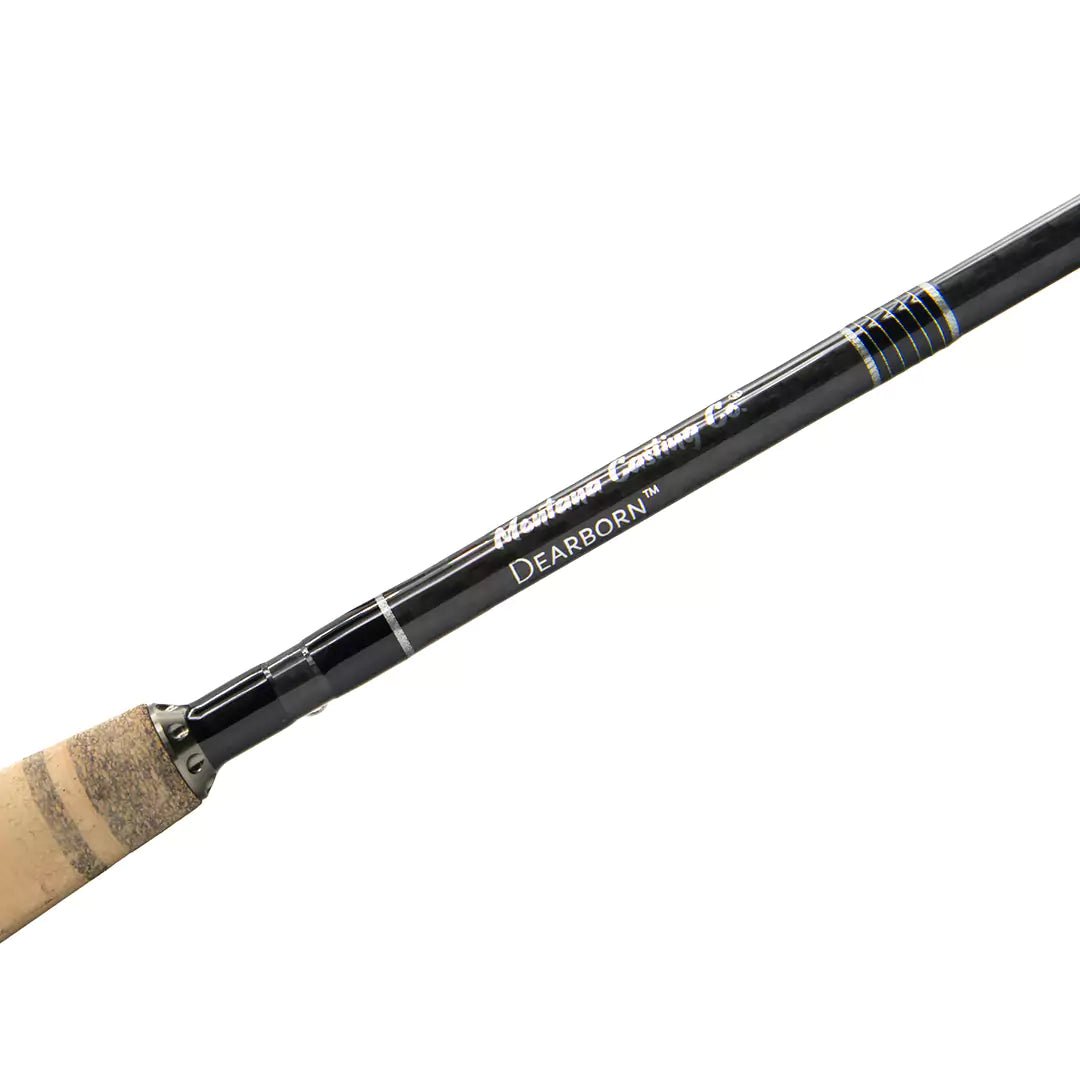
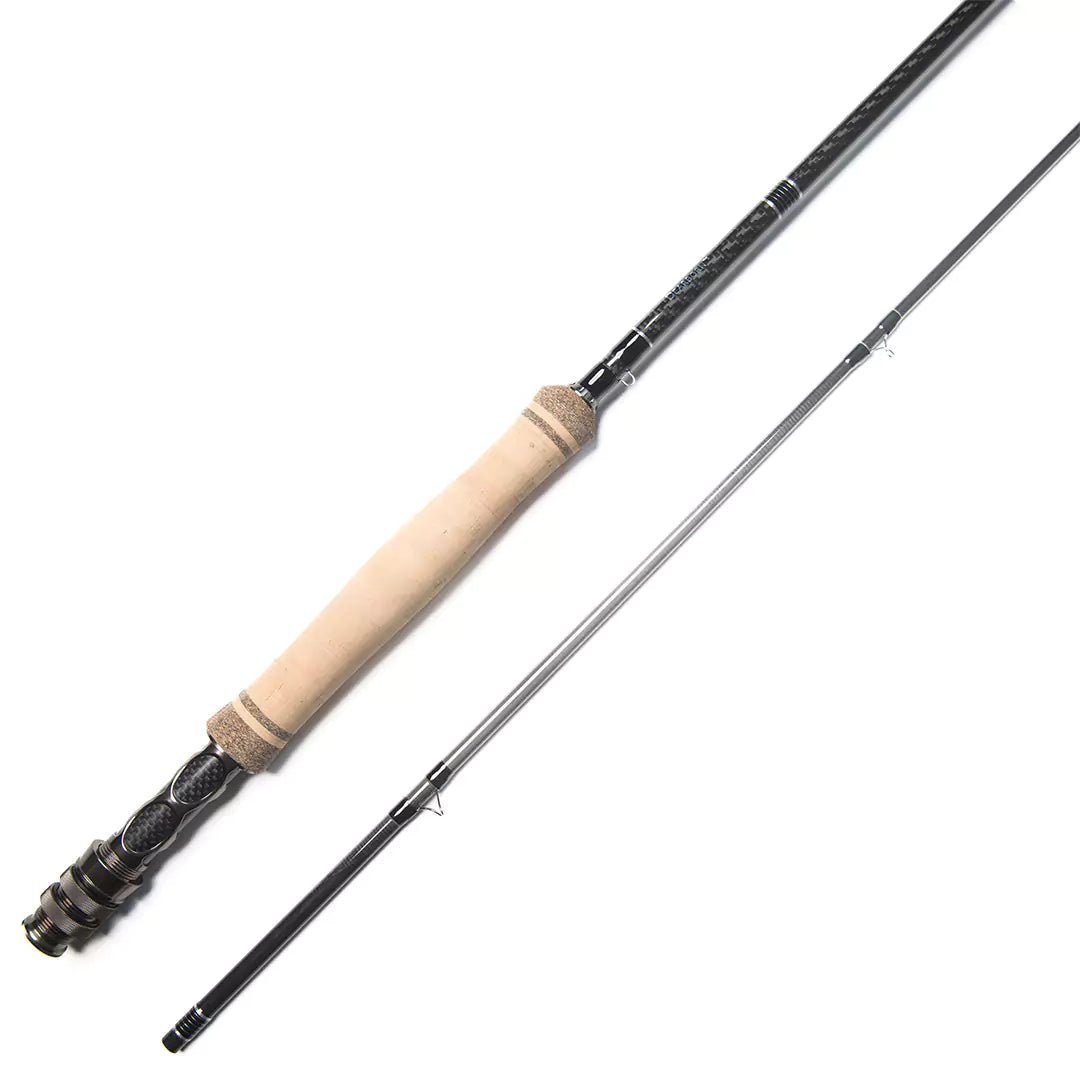


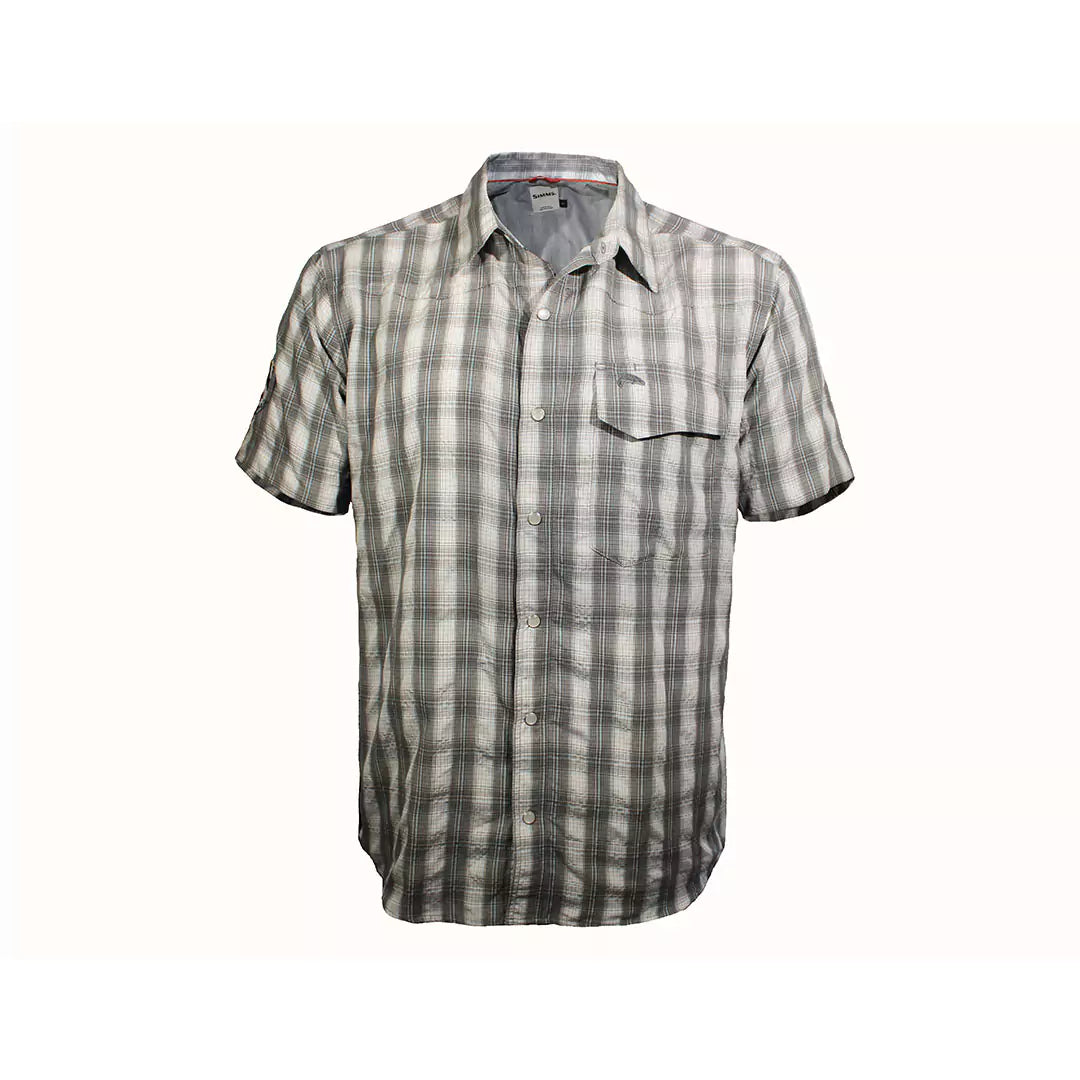
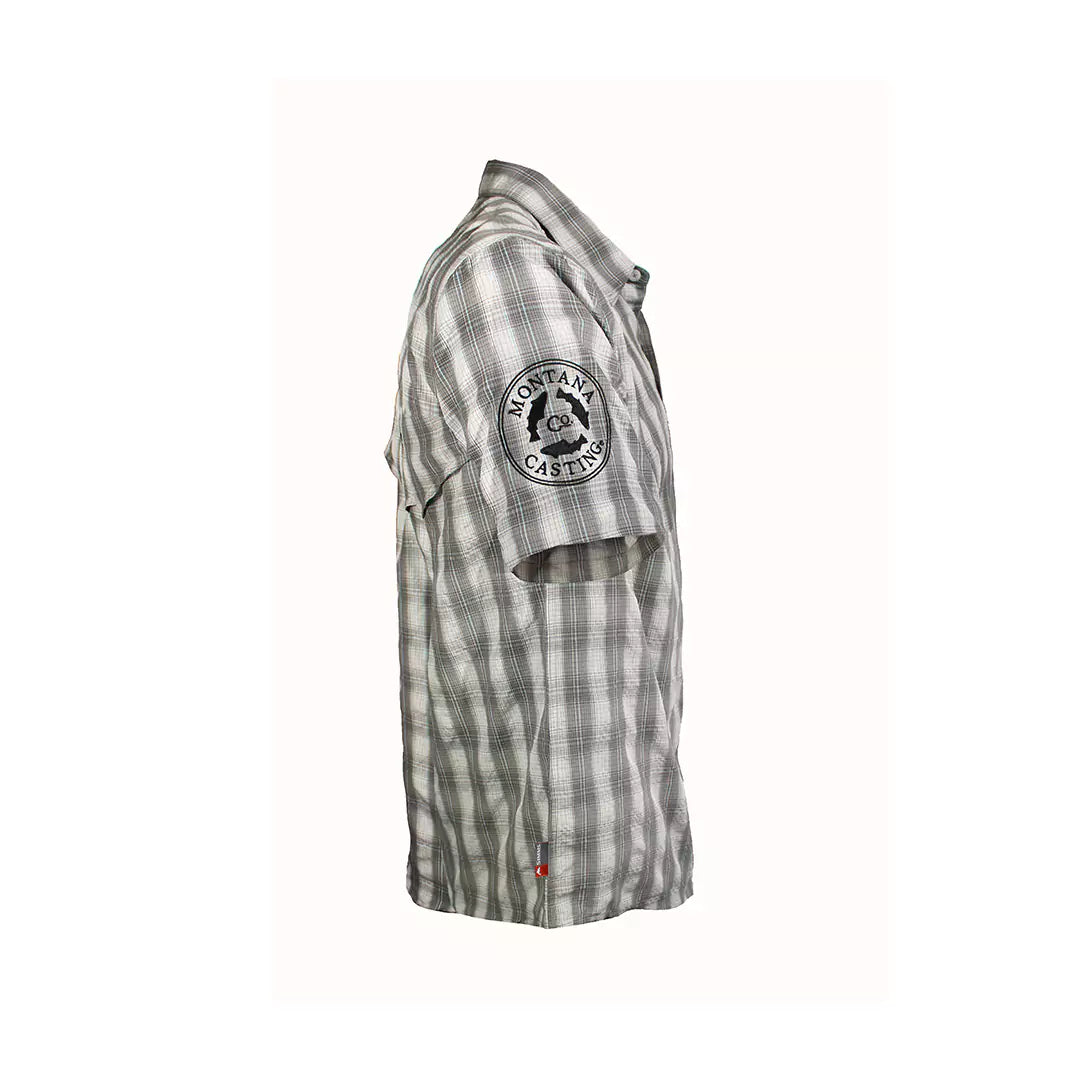
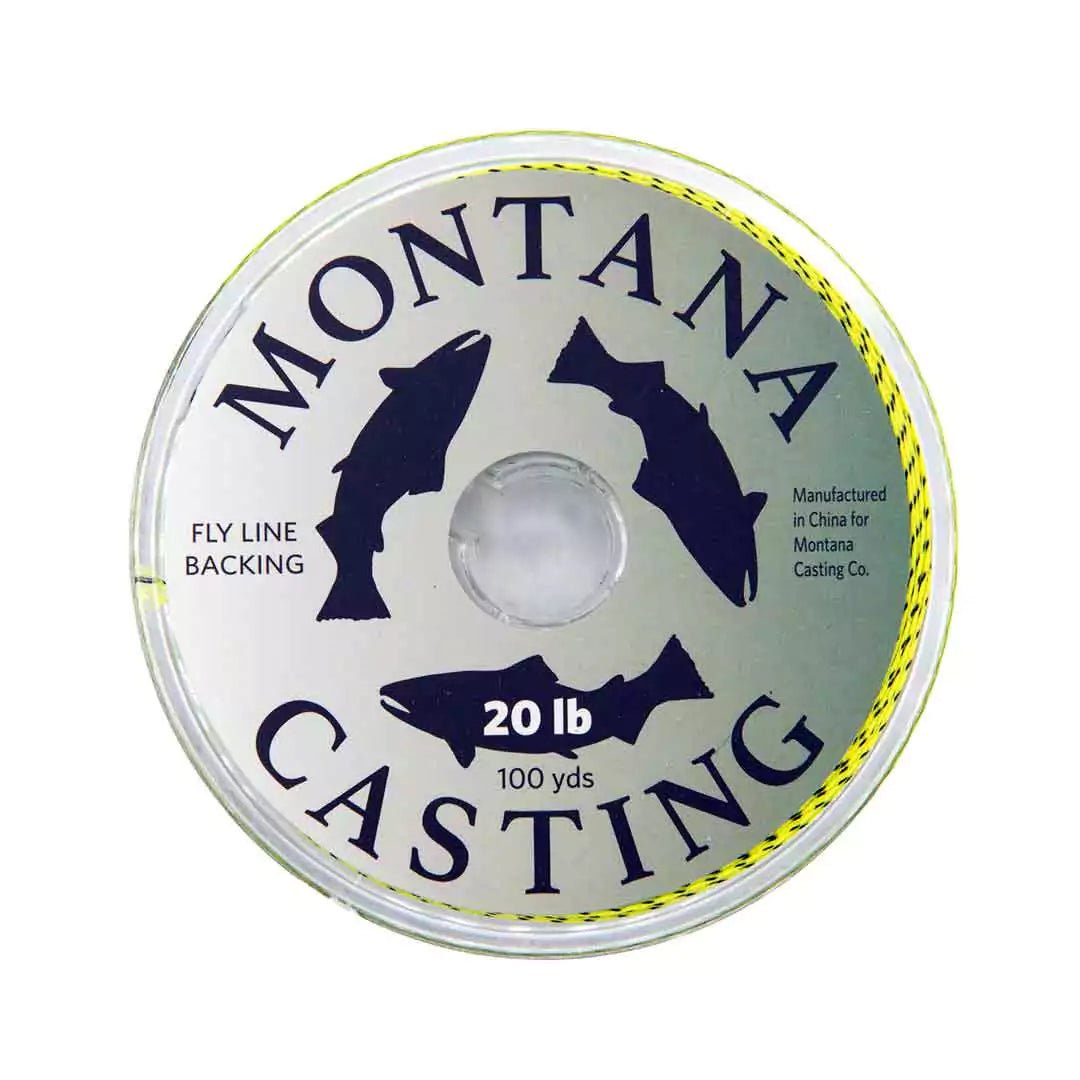
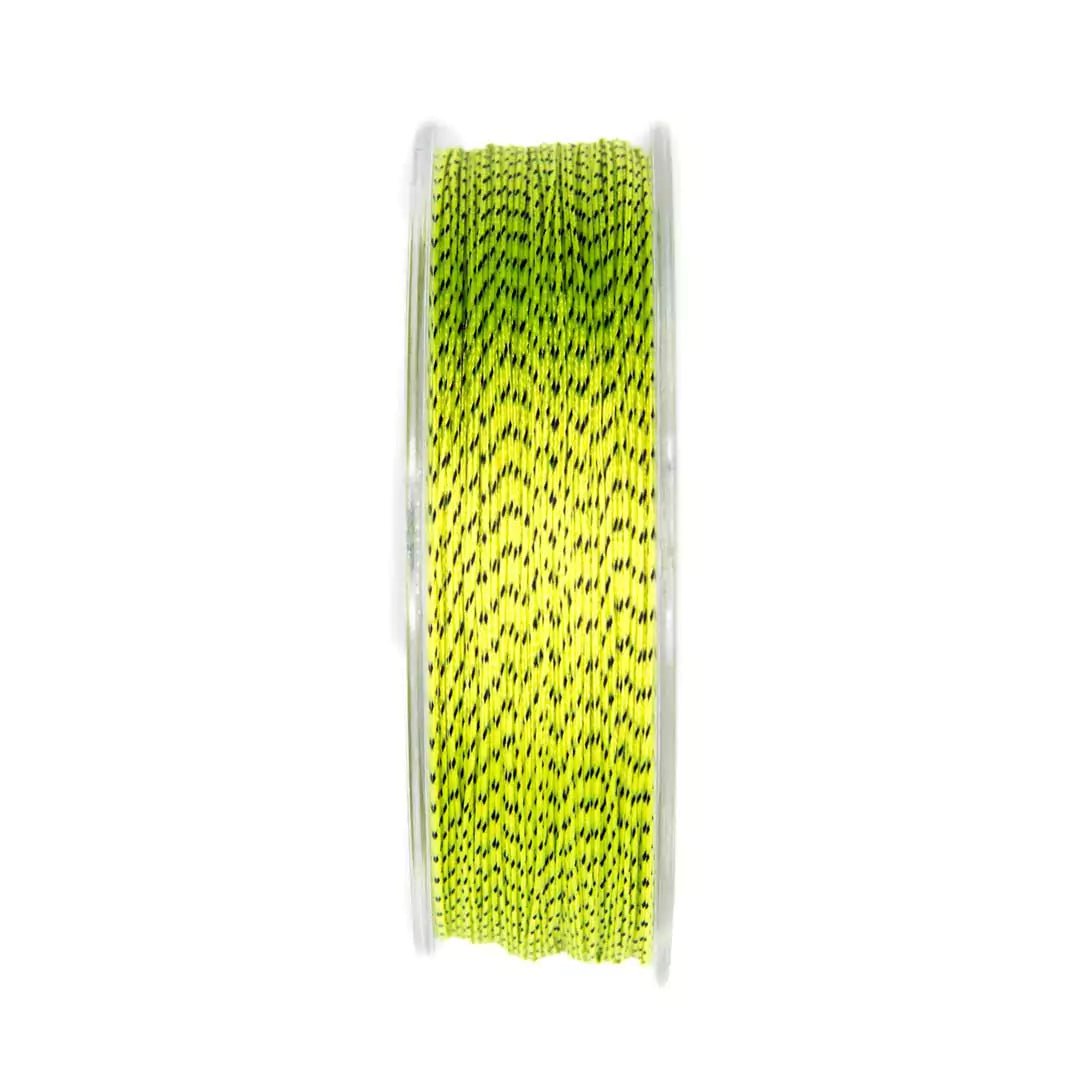
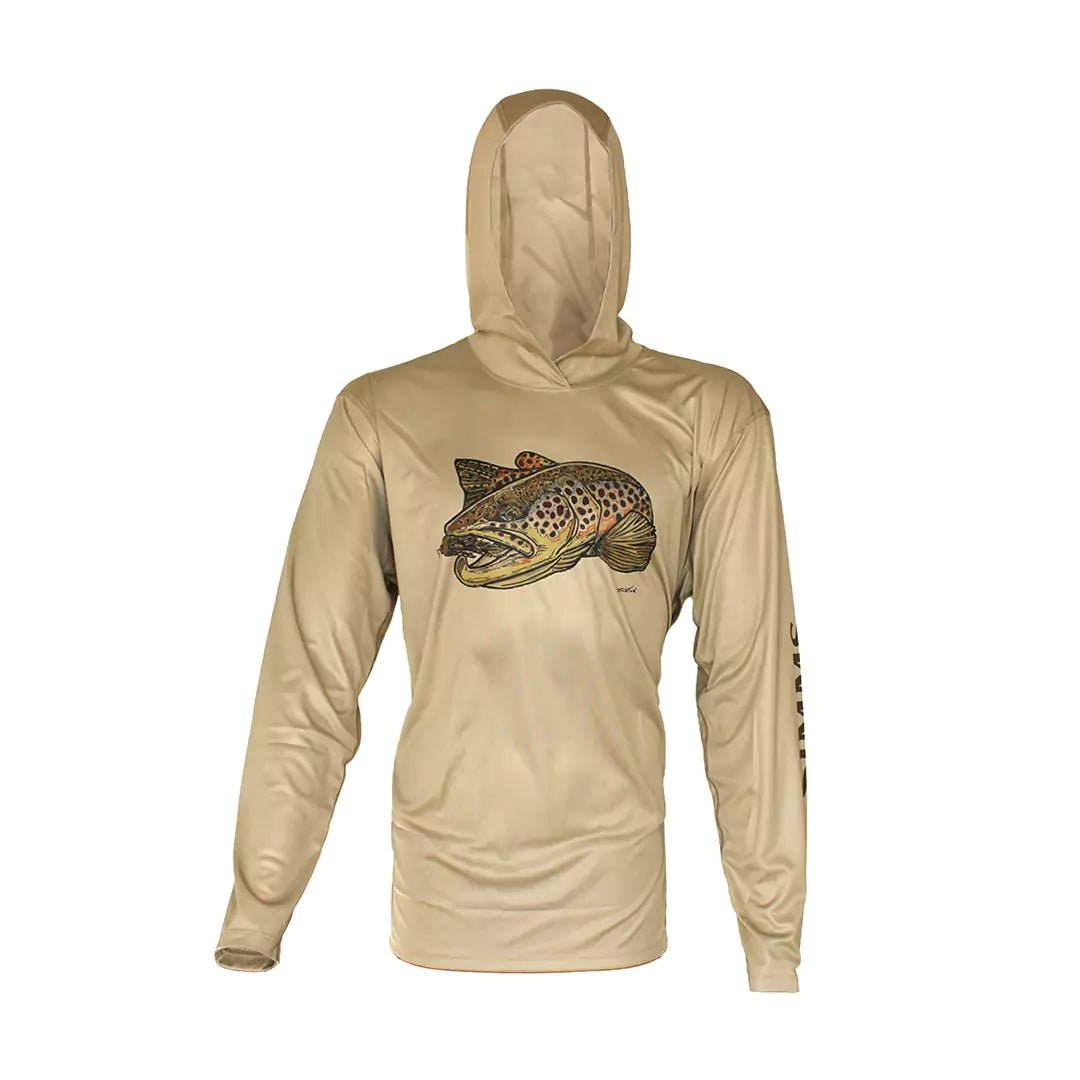

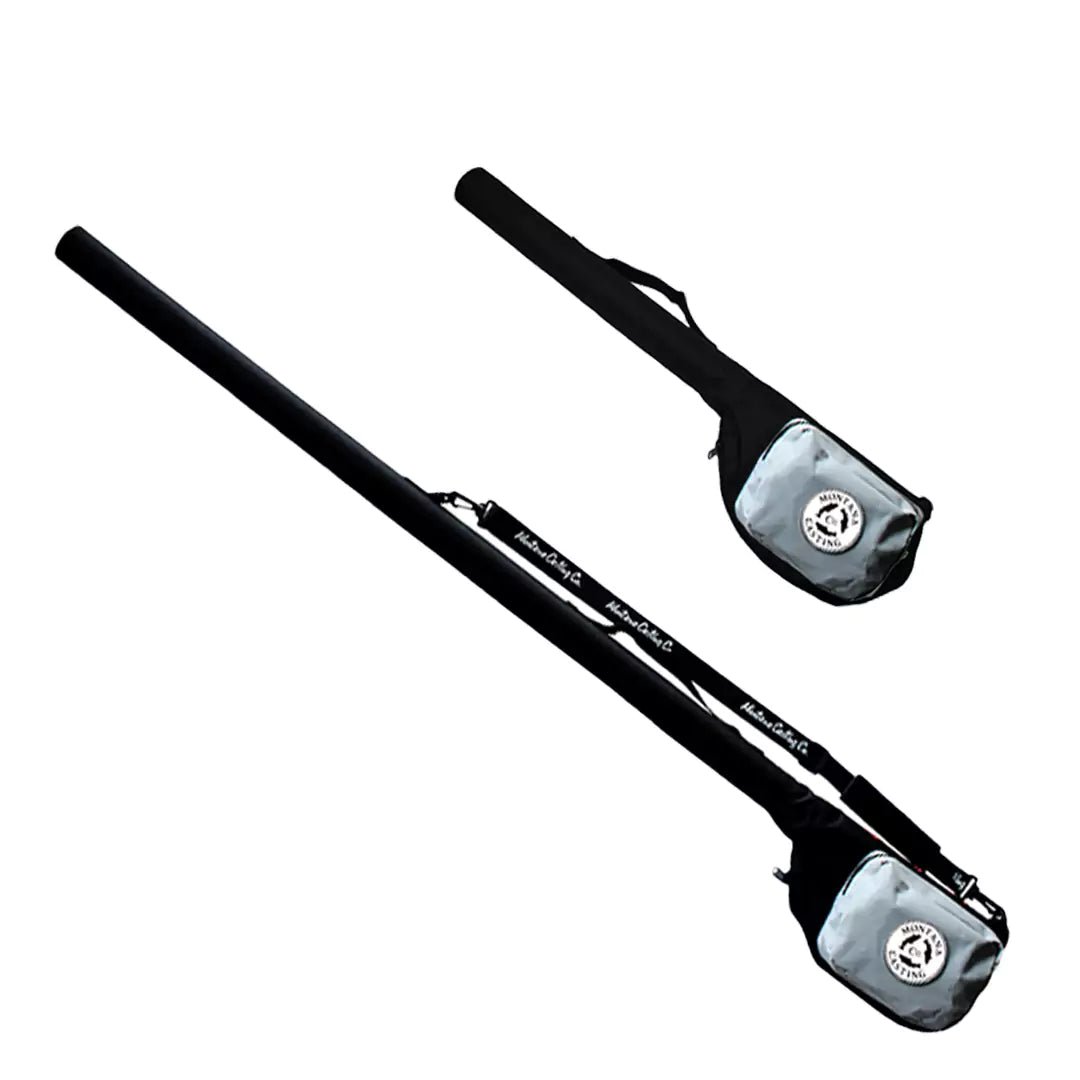

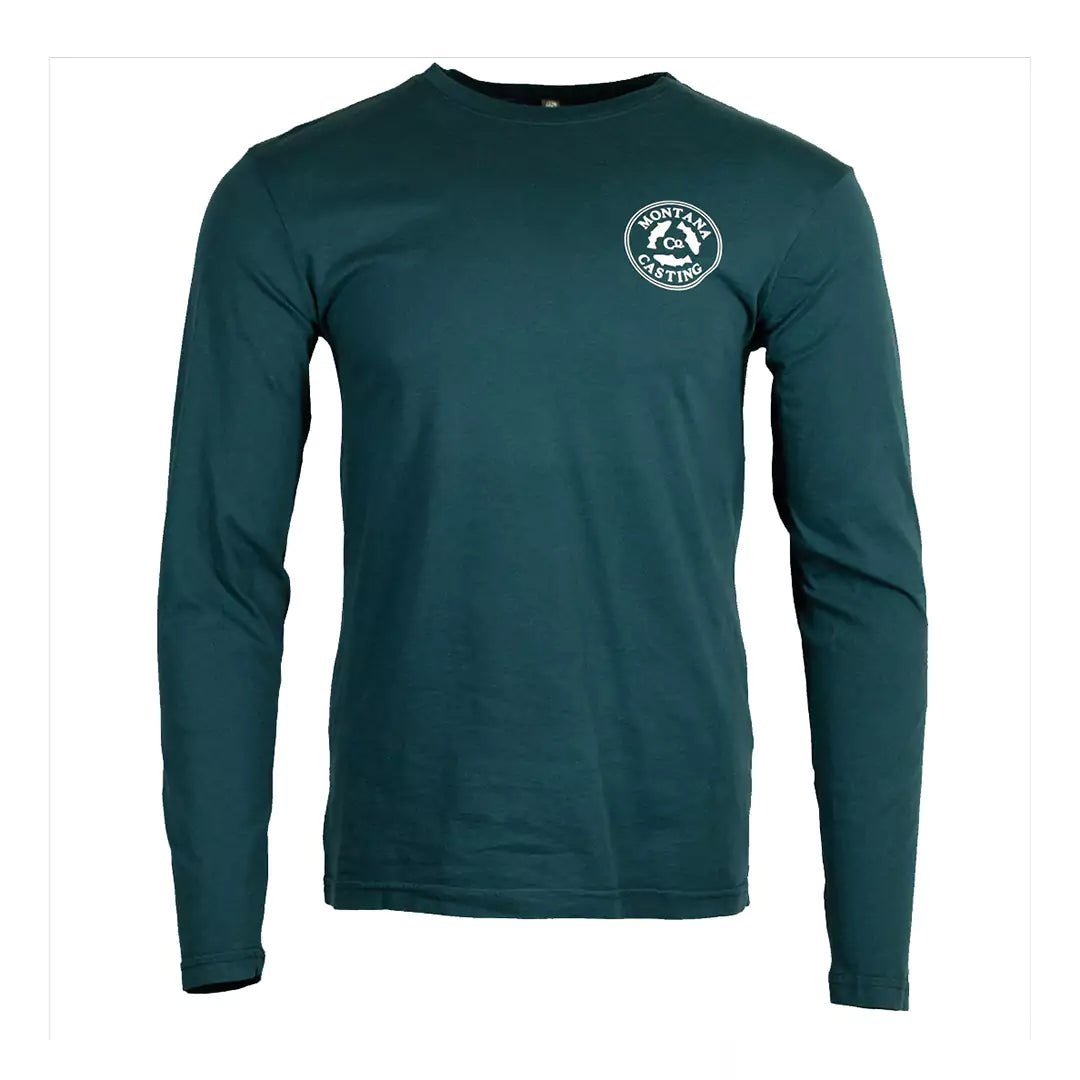
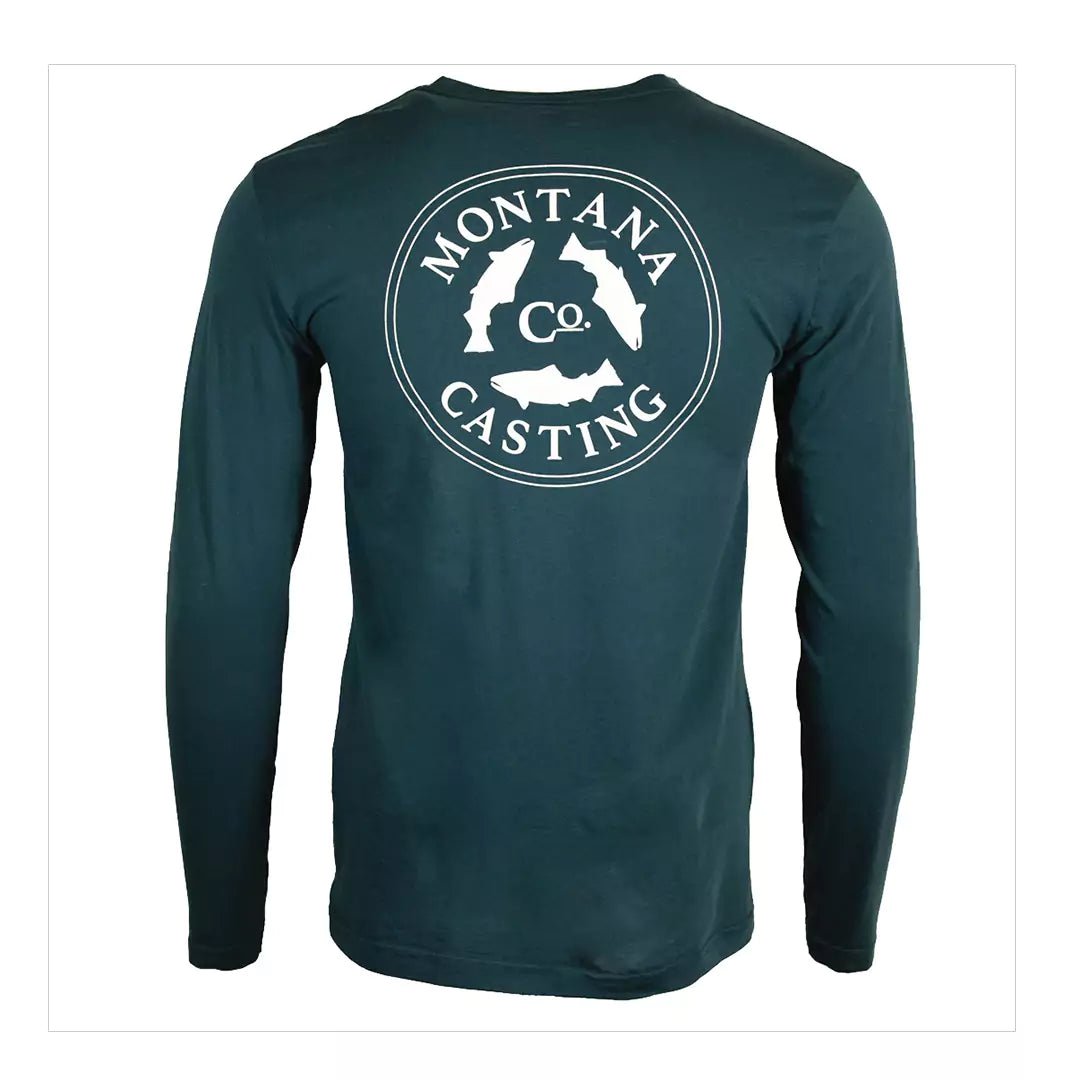


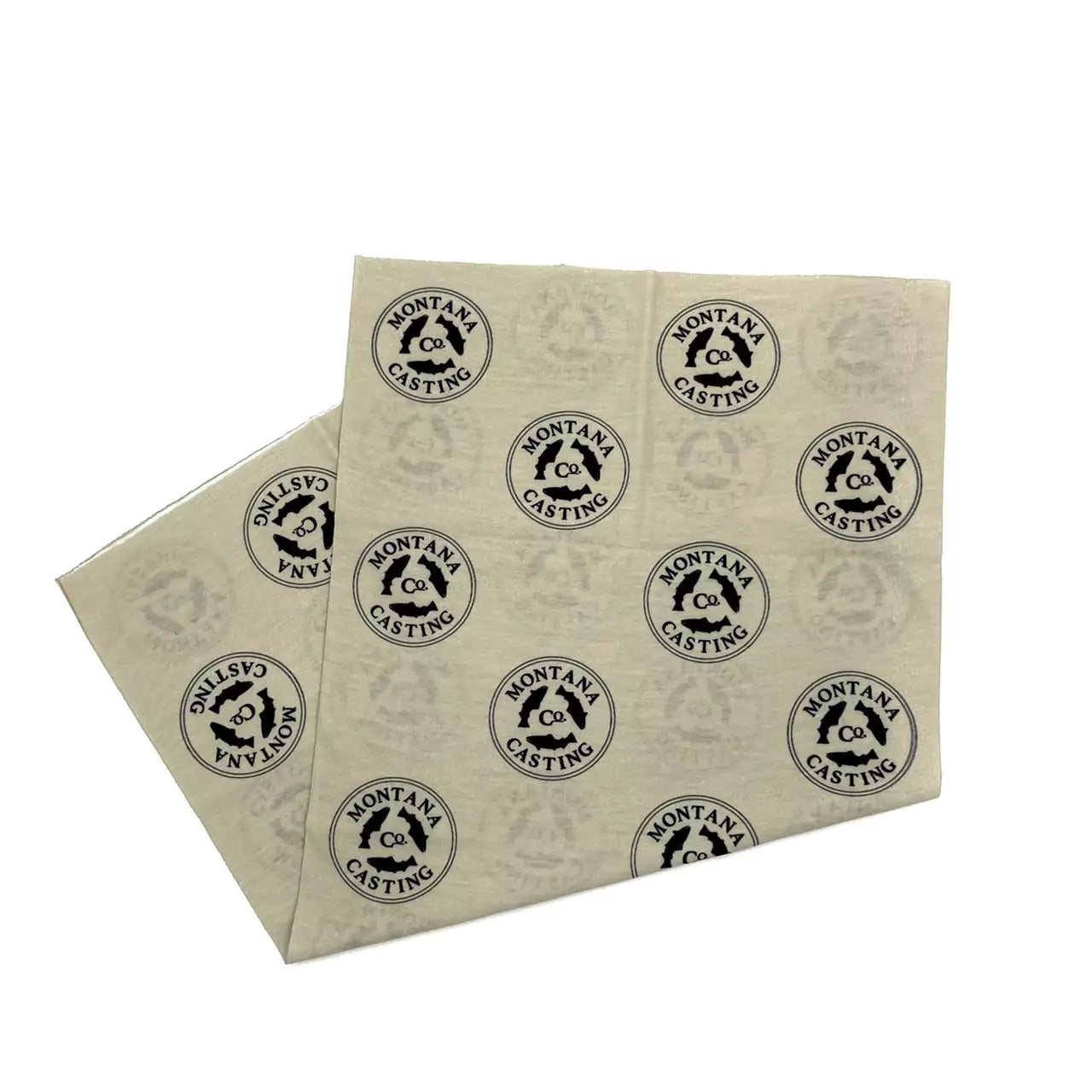
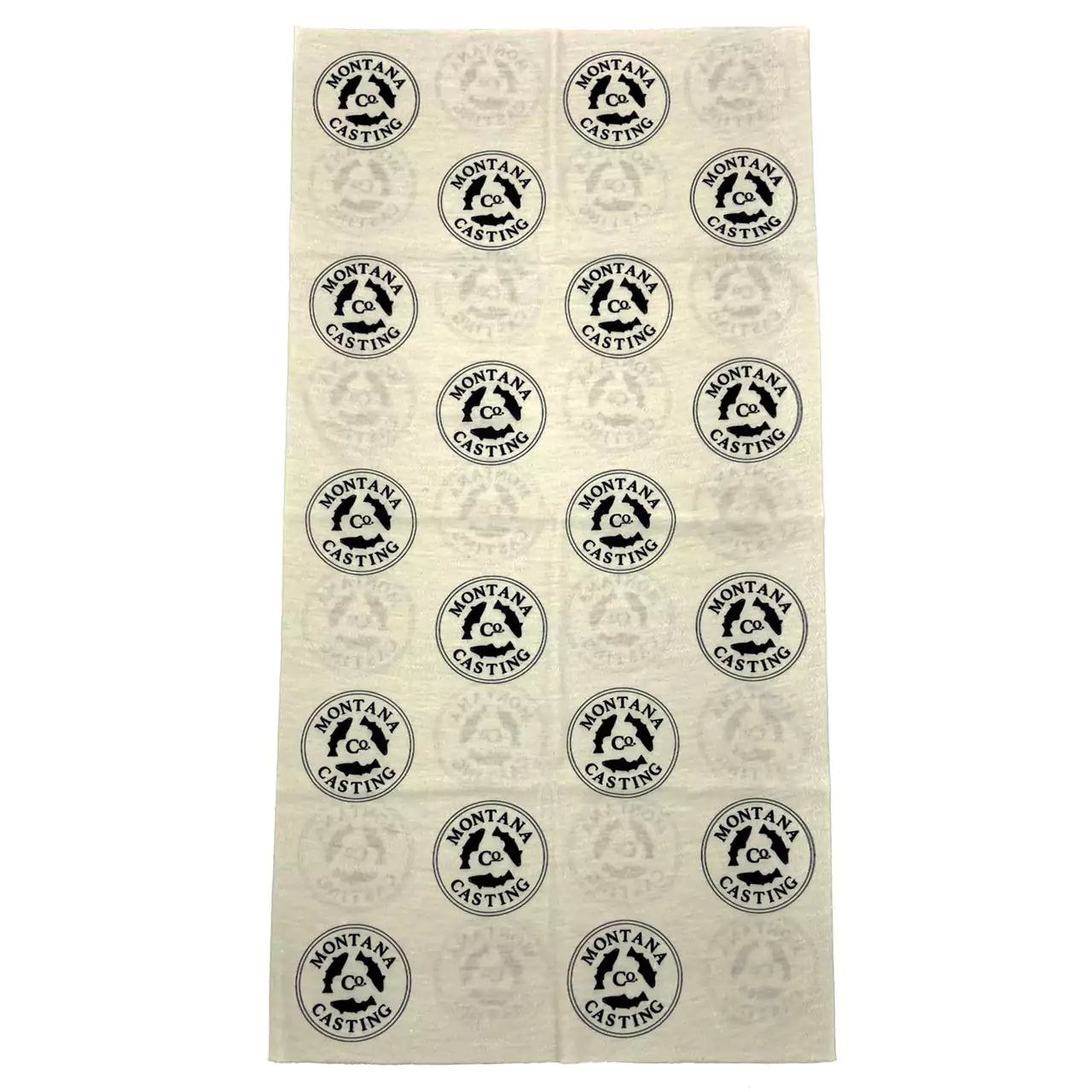
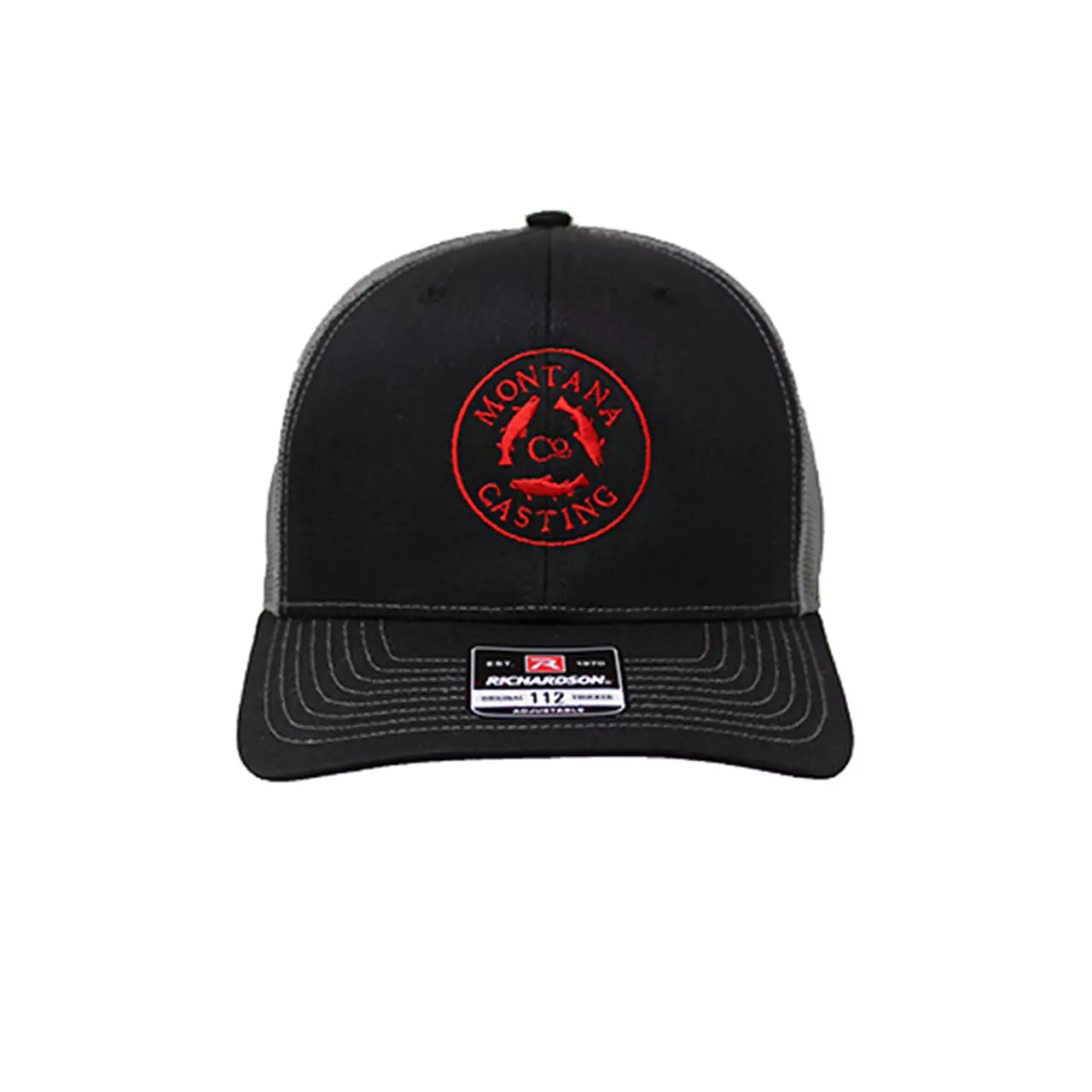
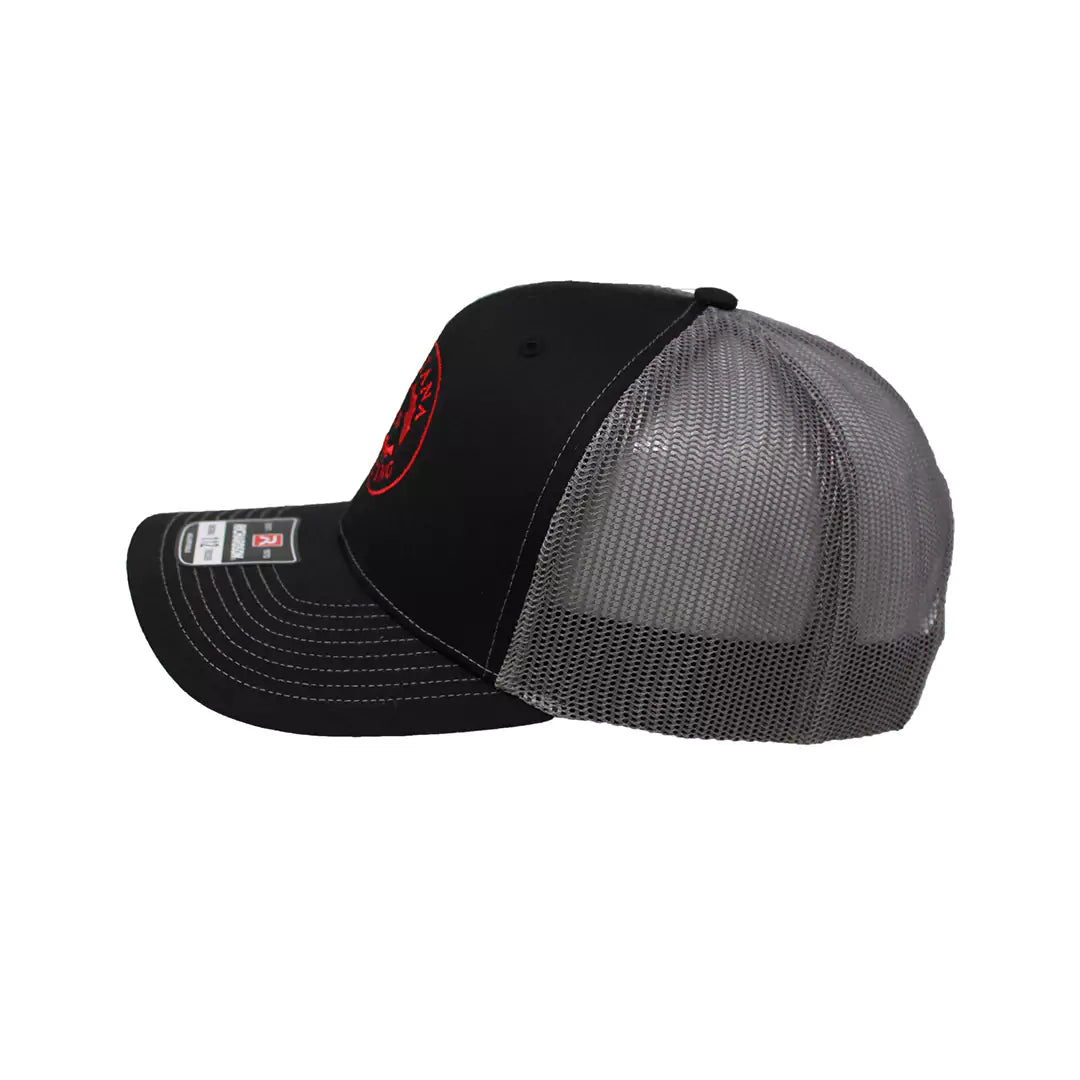
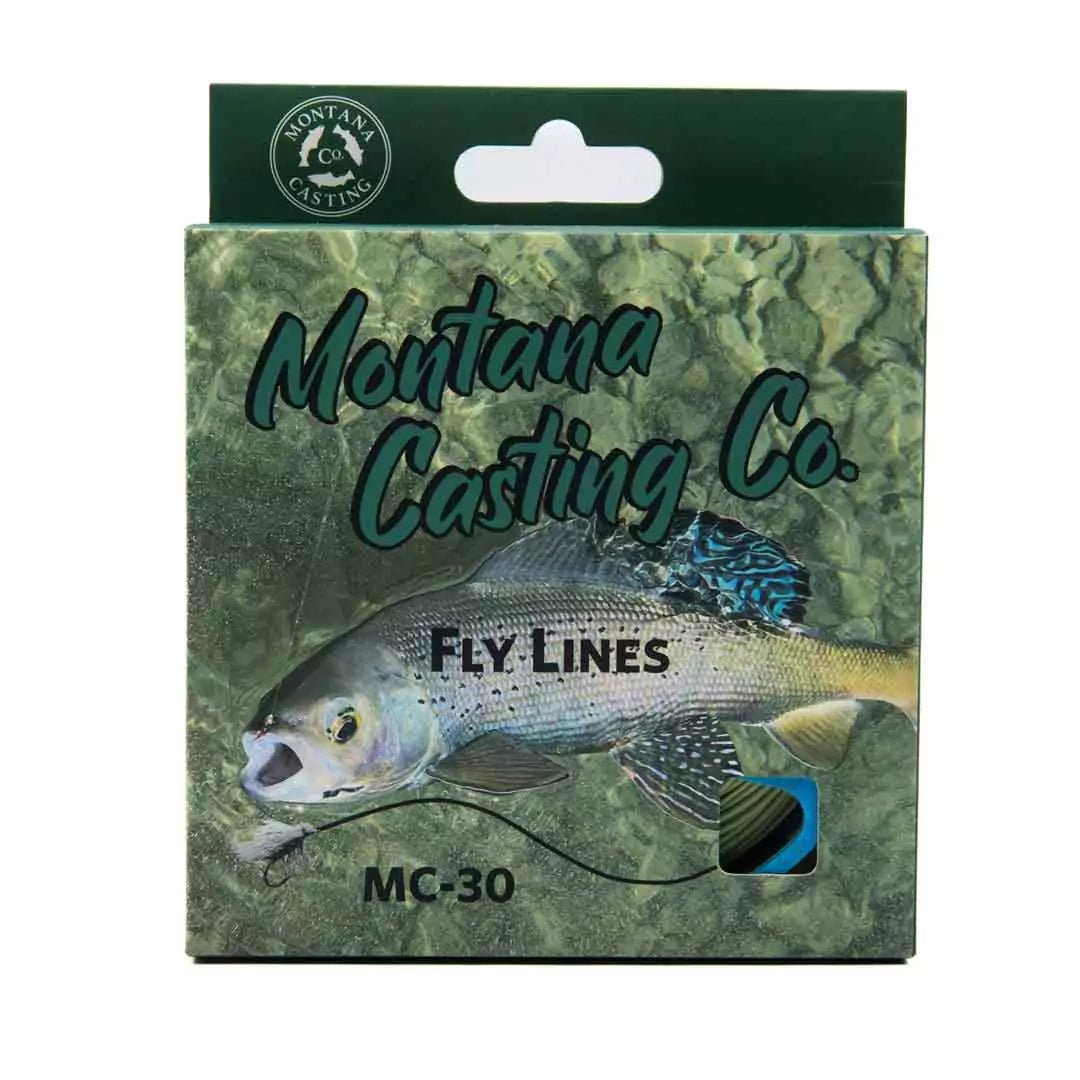
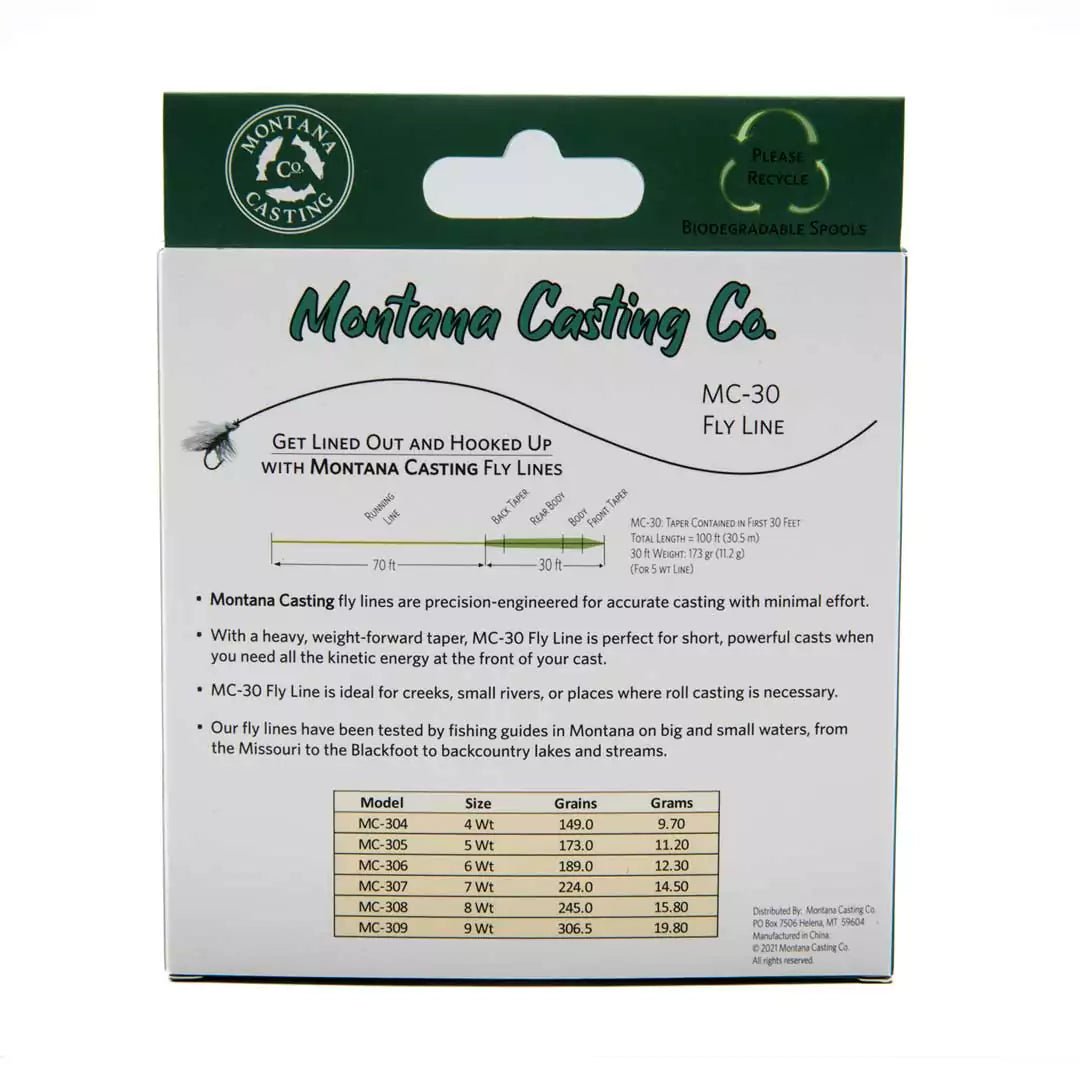

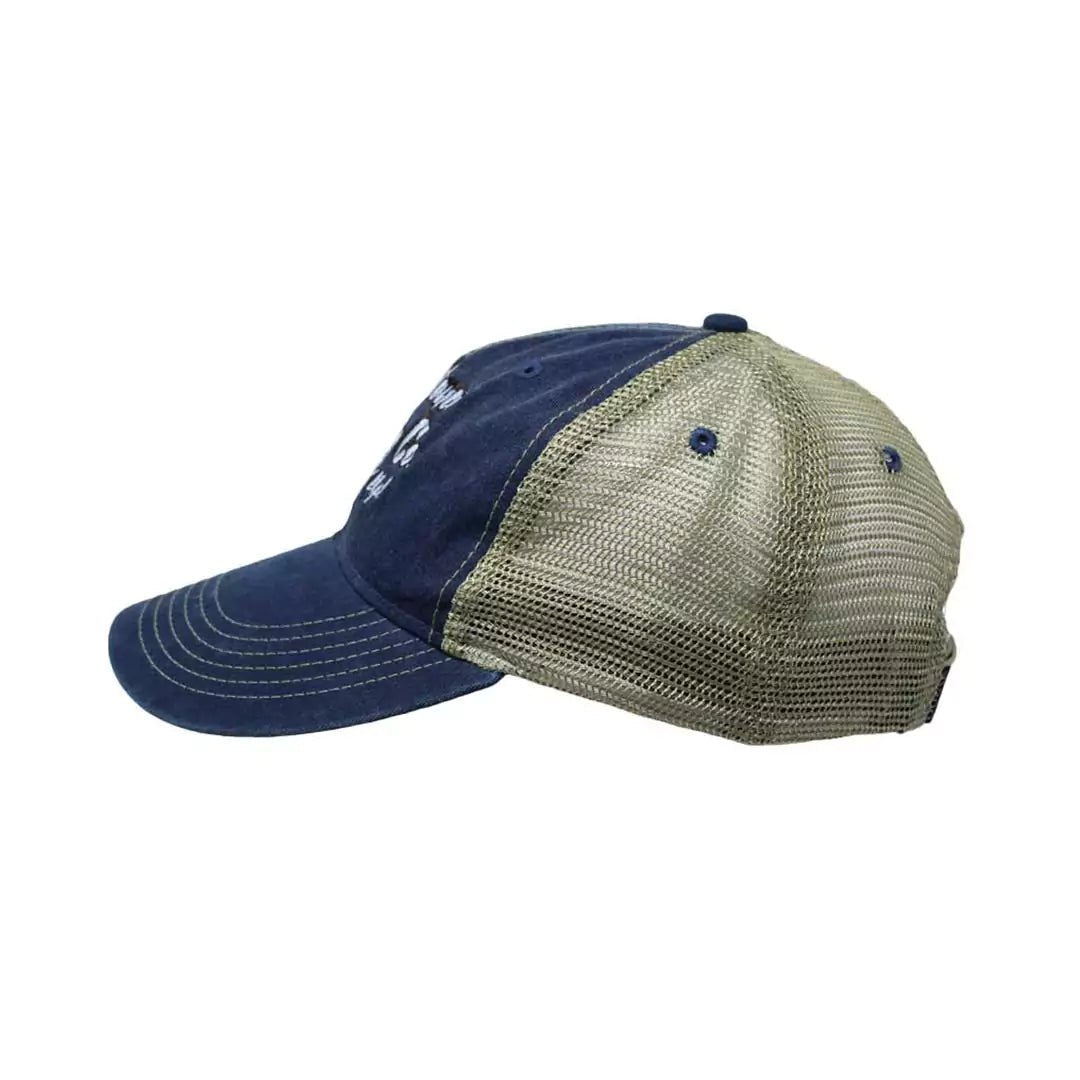
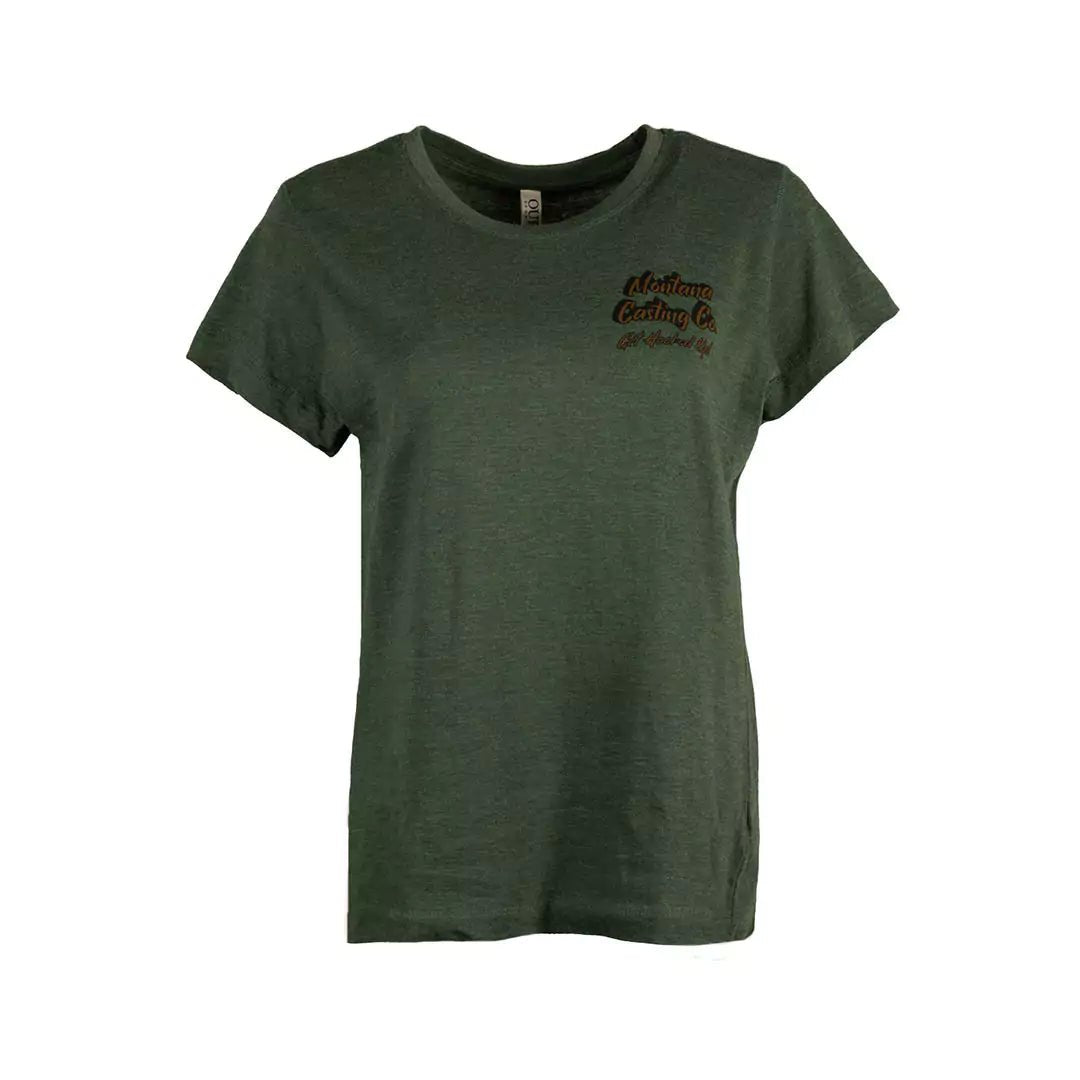

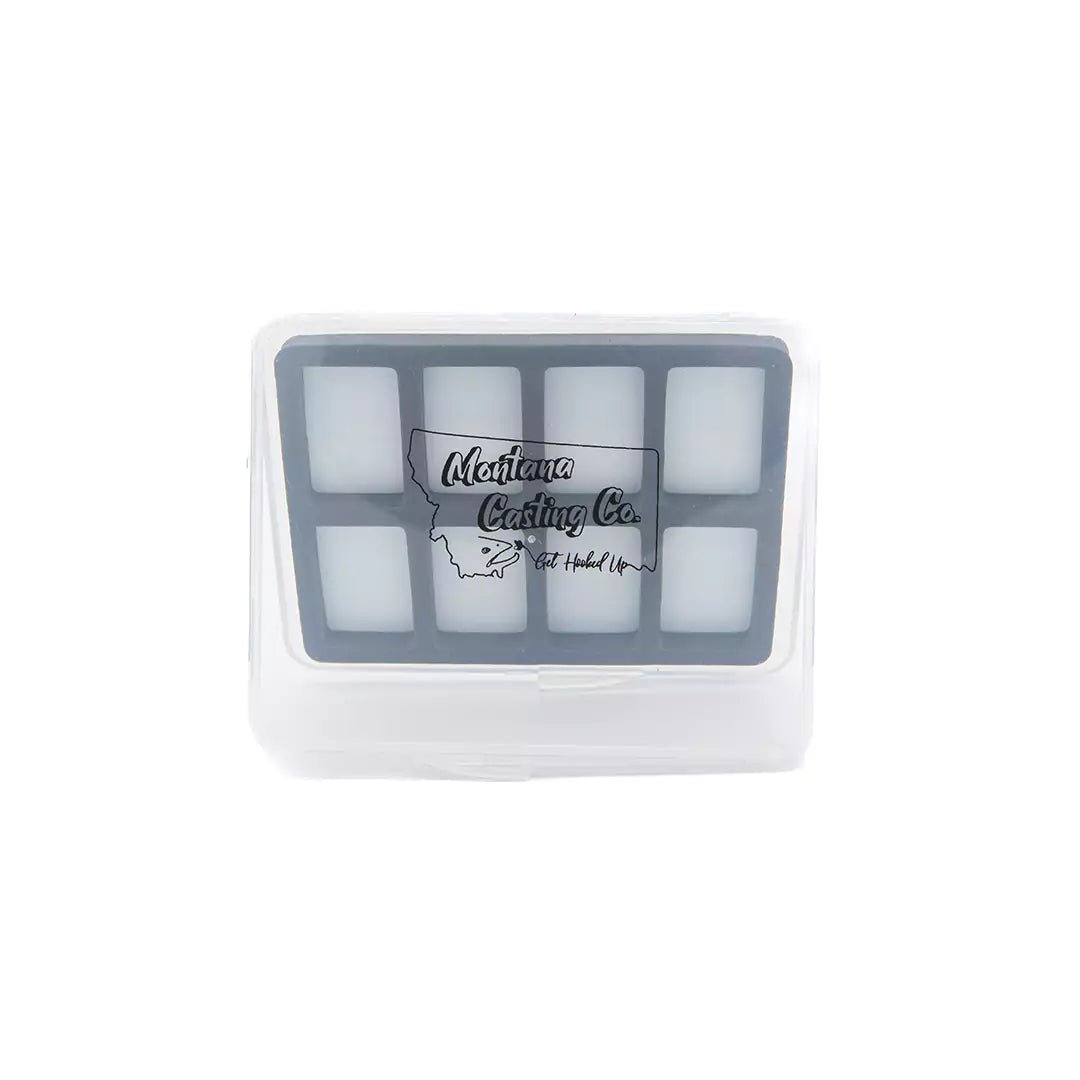
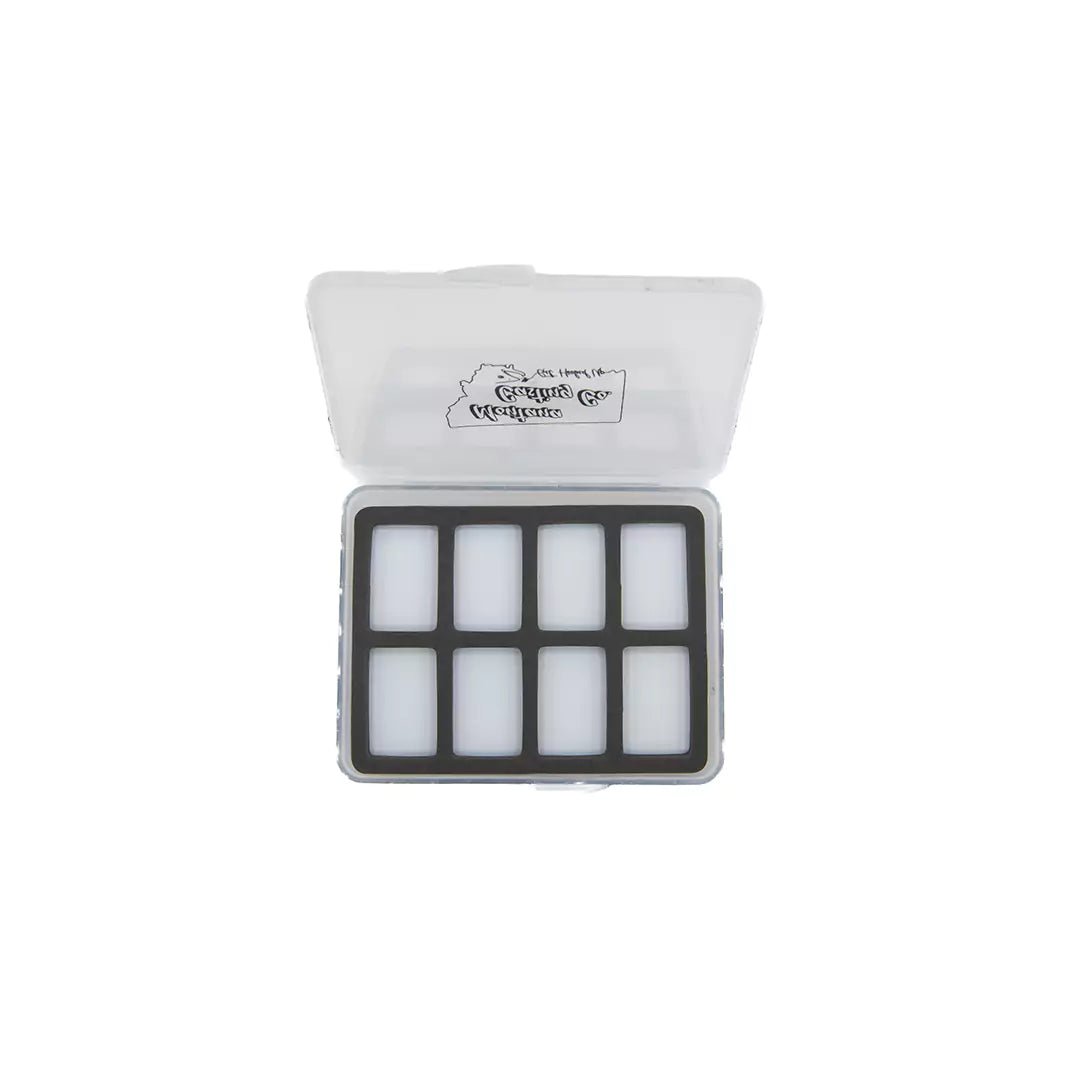
1 comment
WOW! How interesting!!